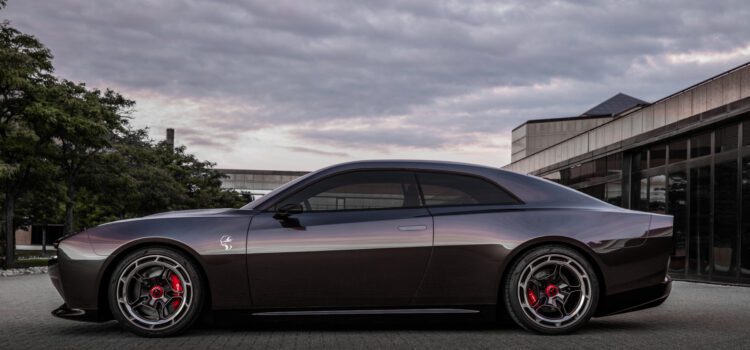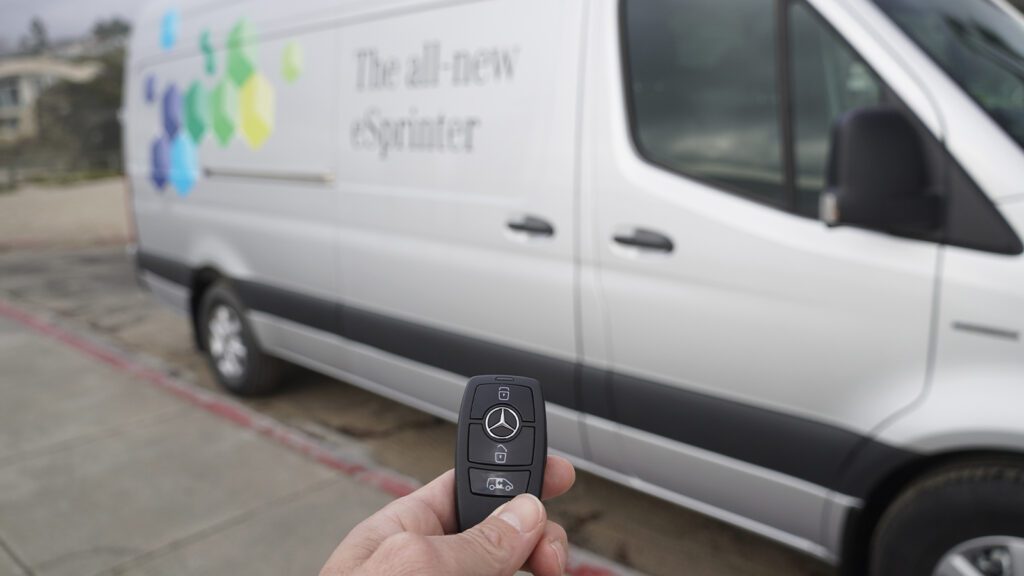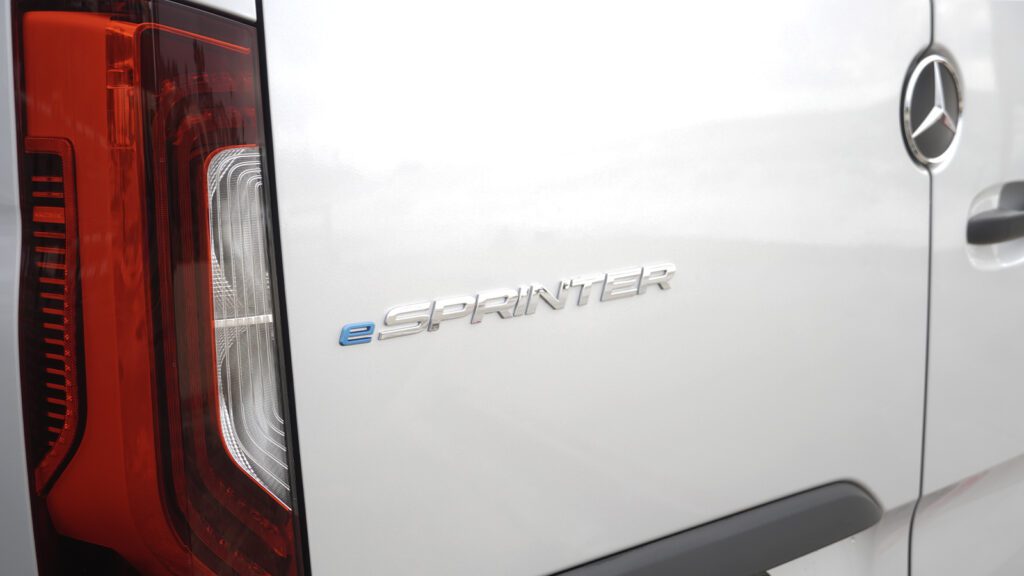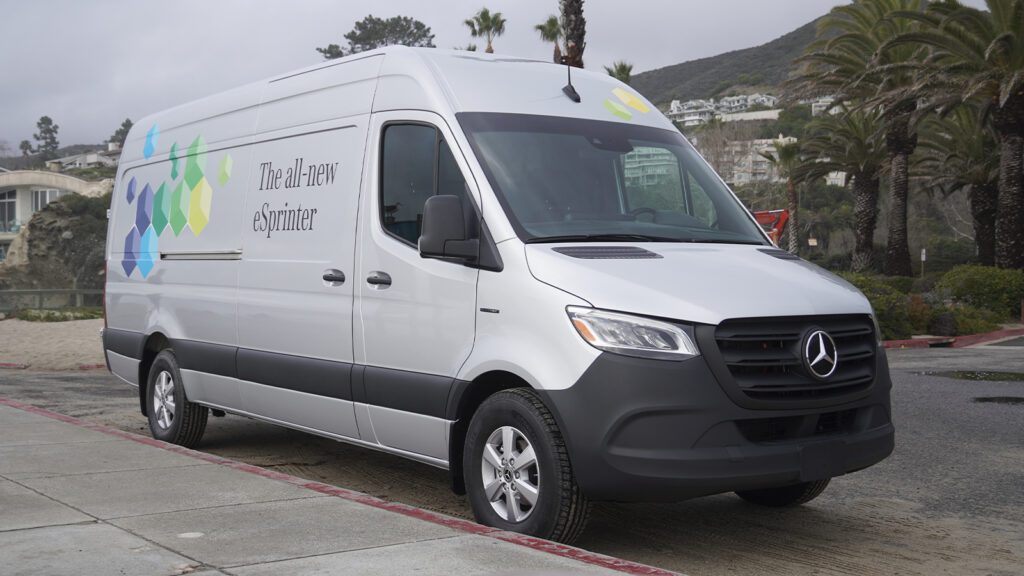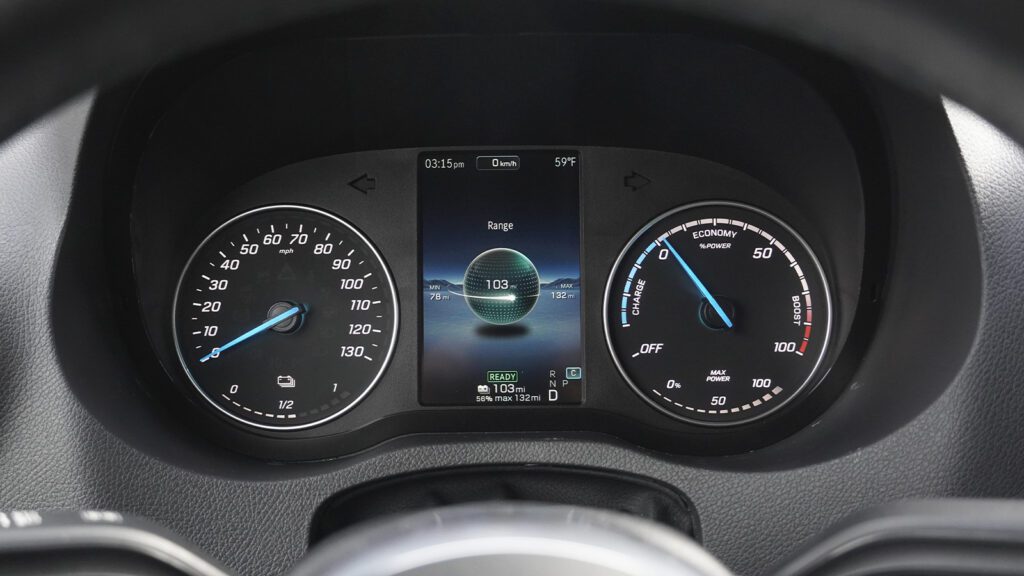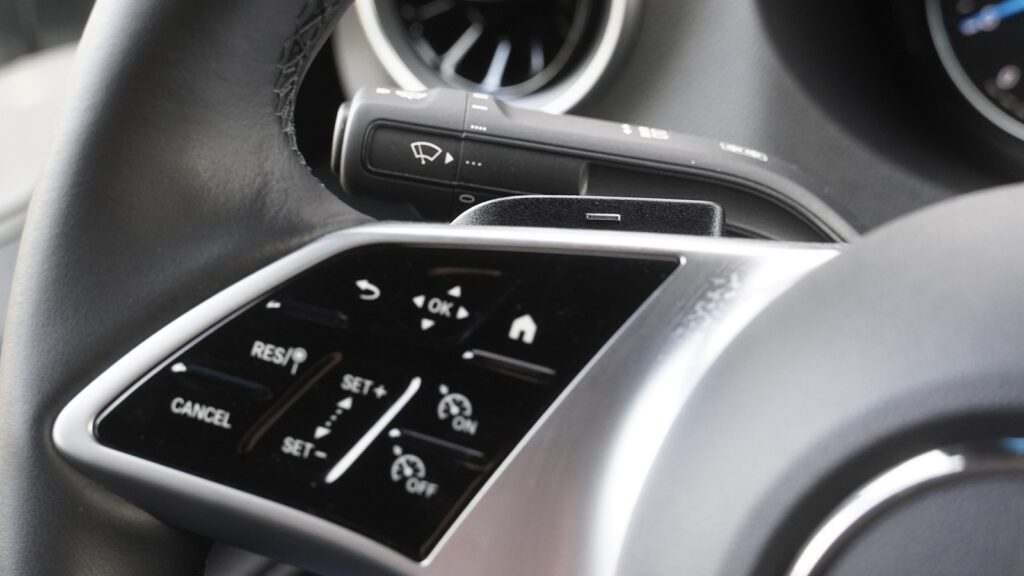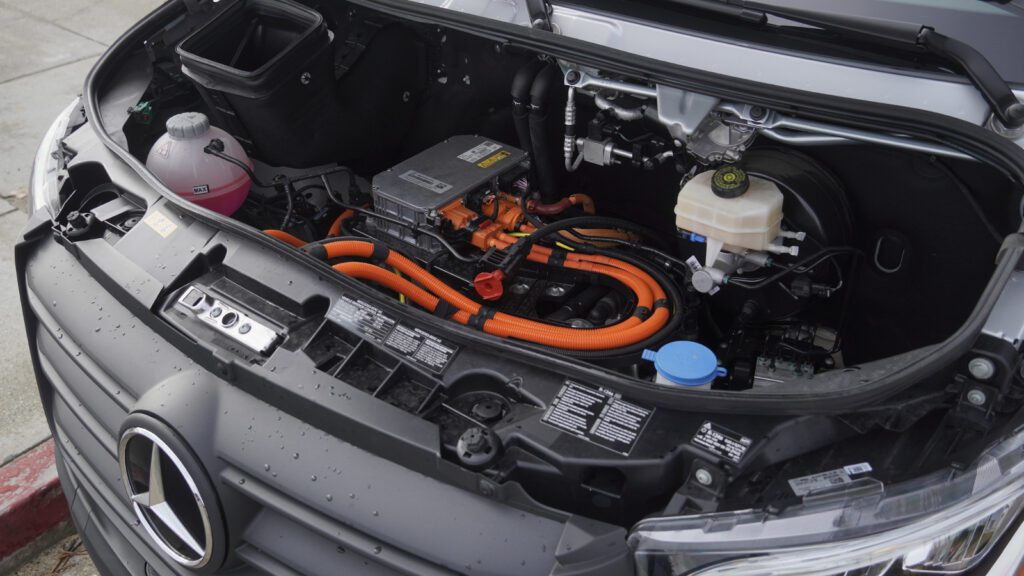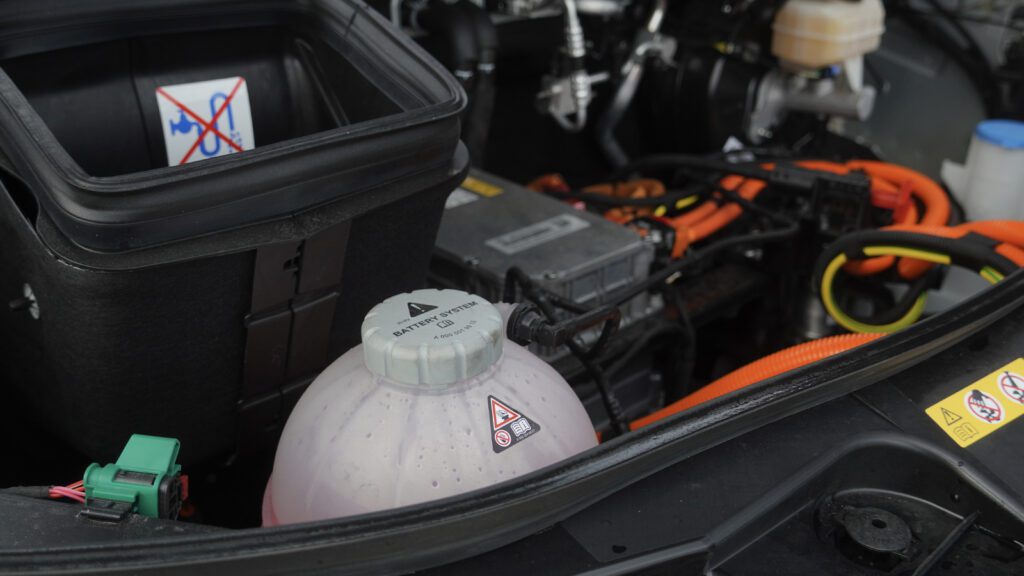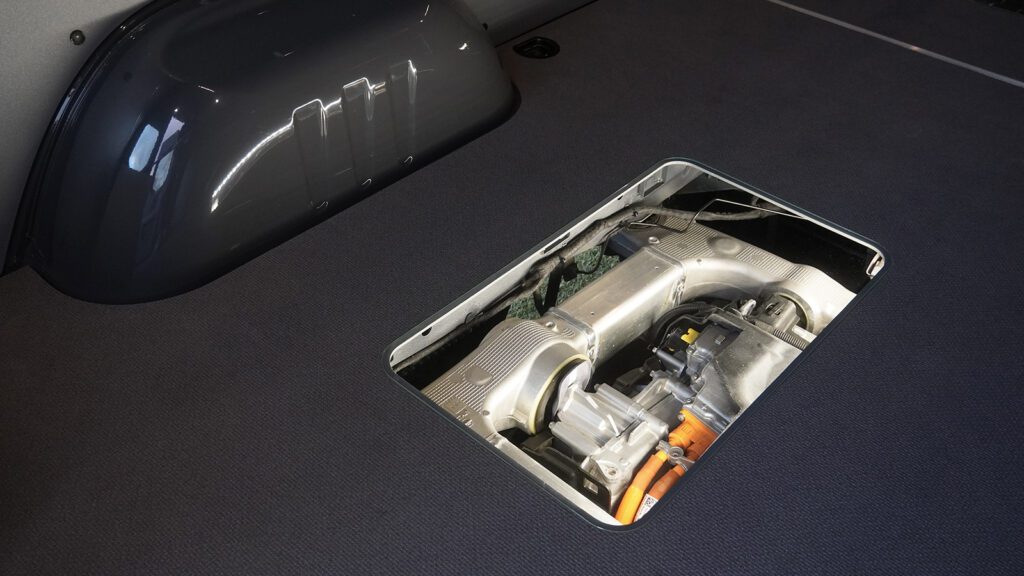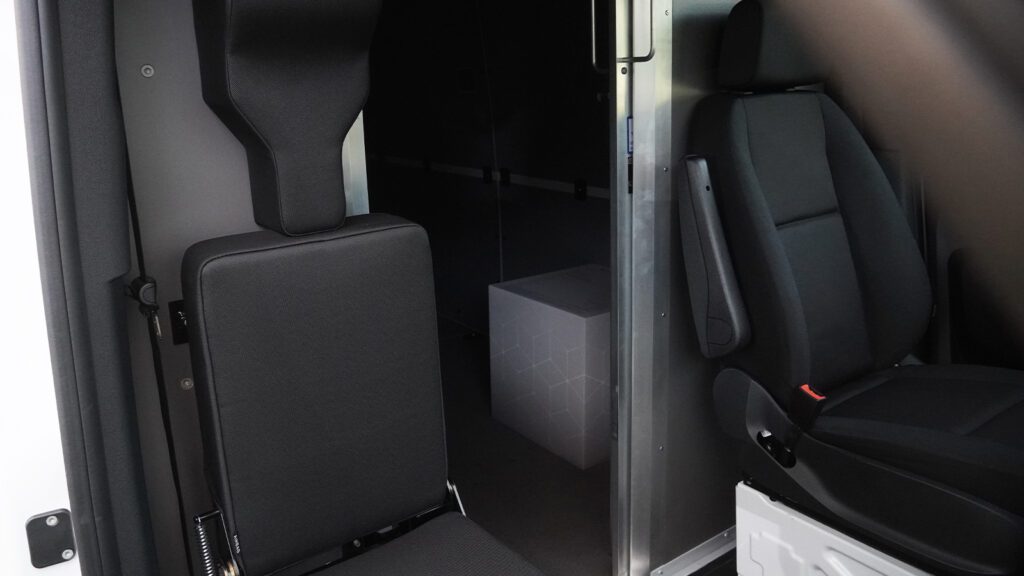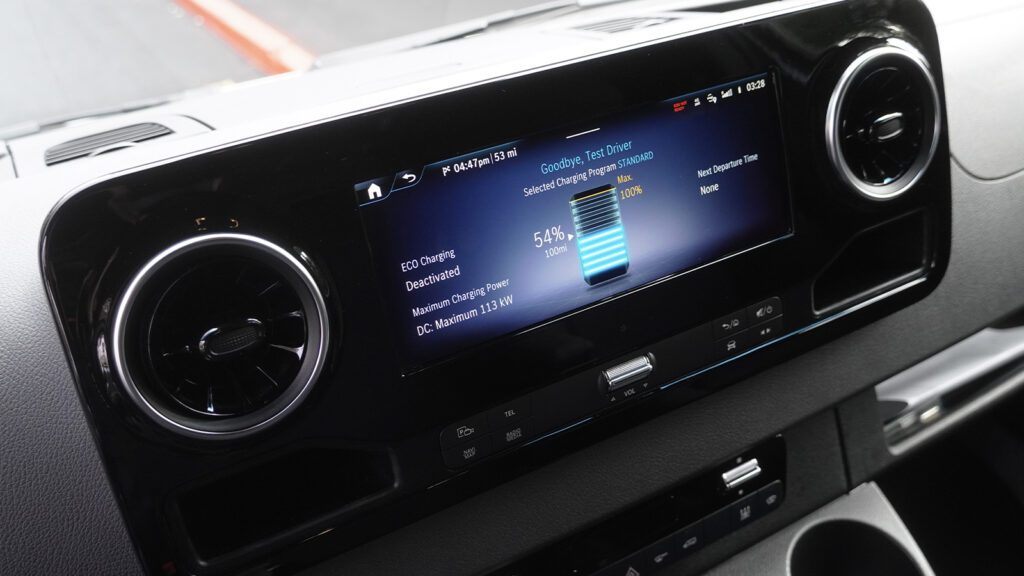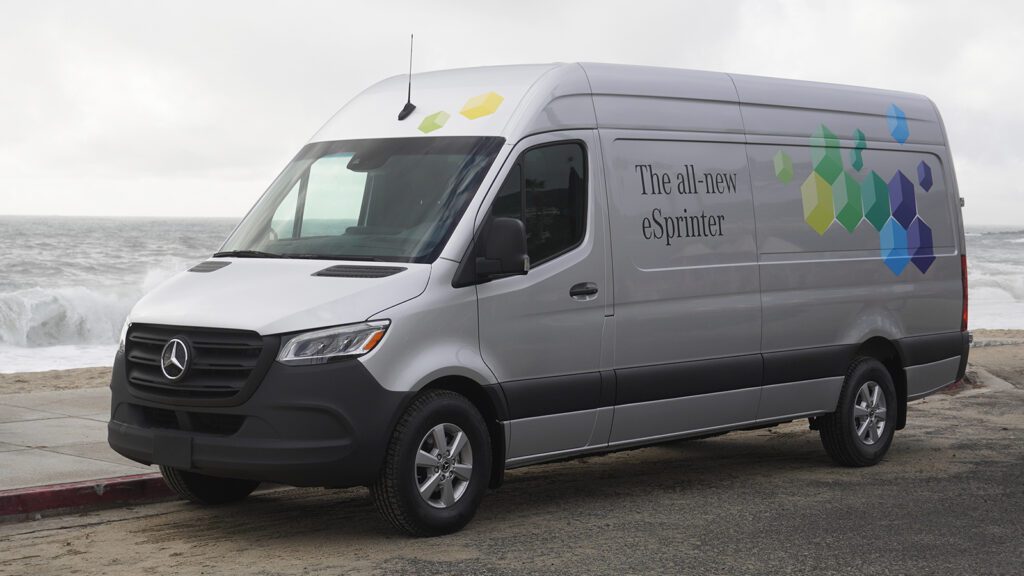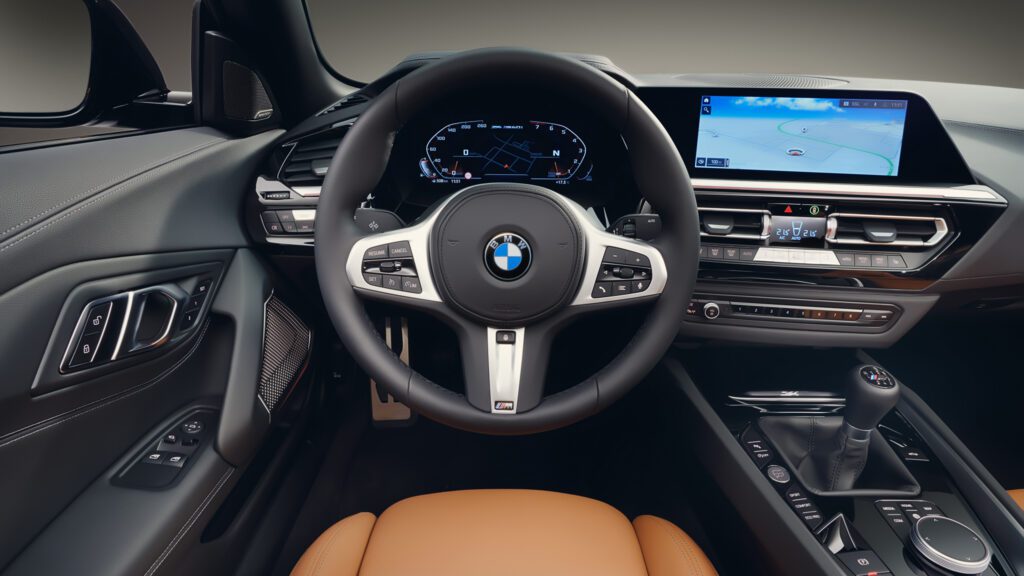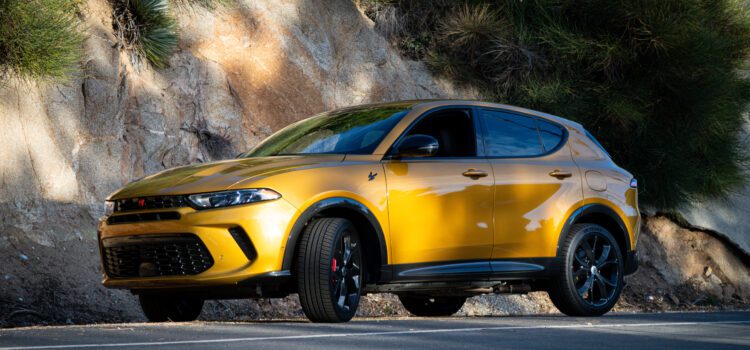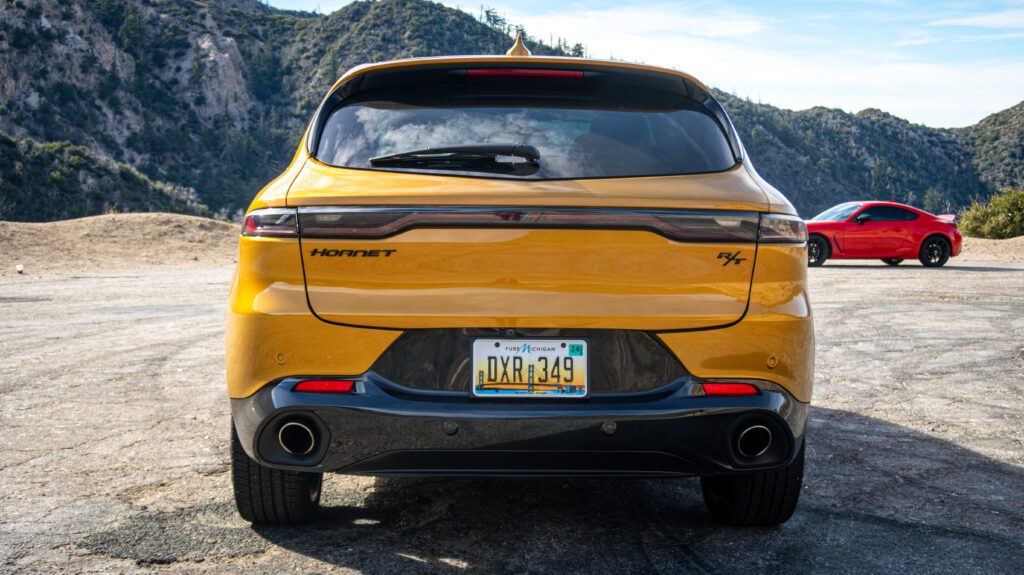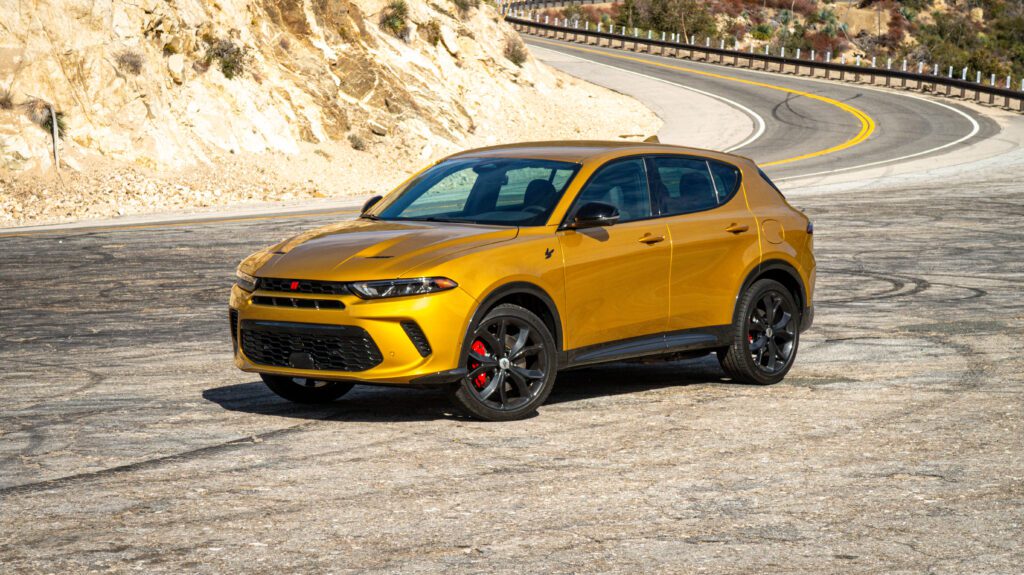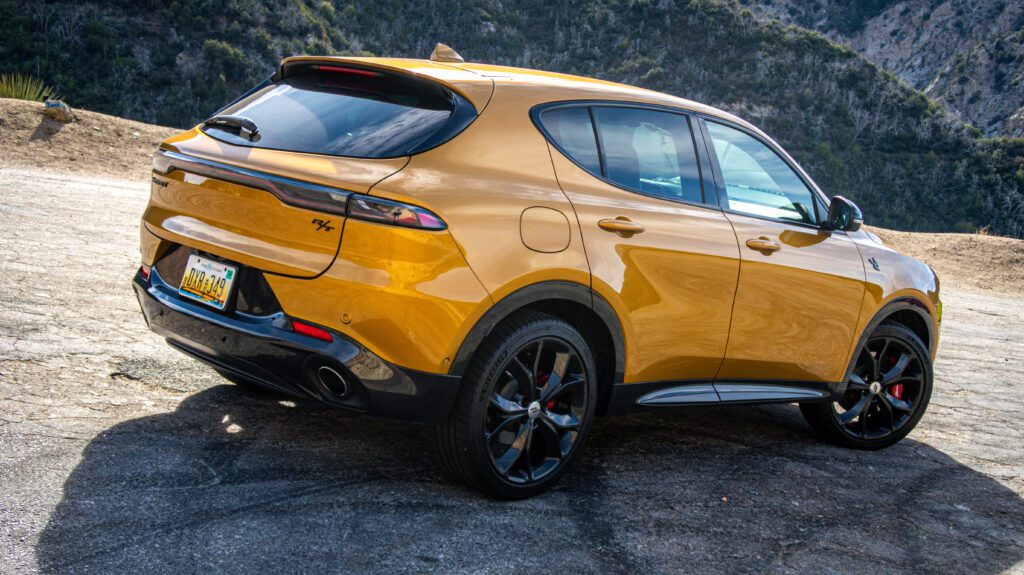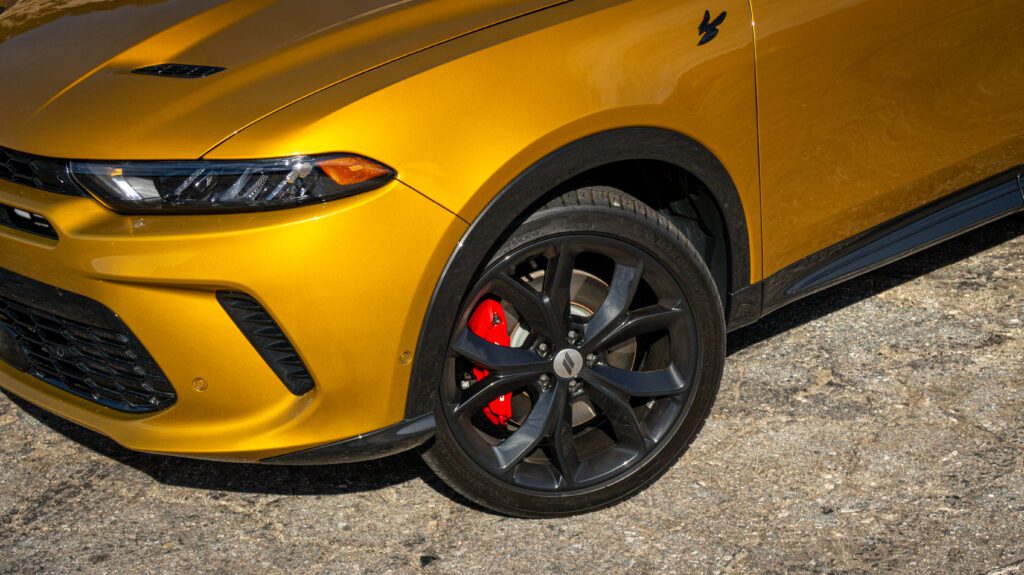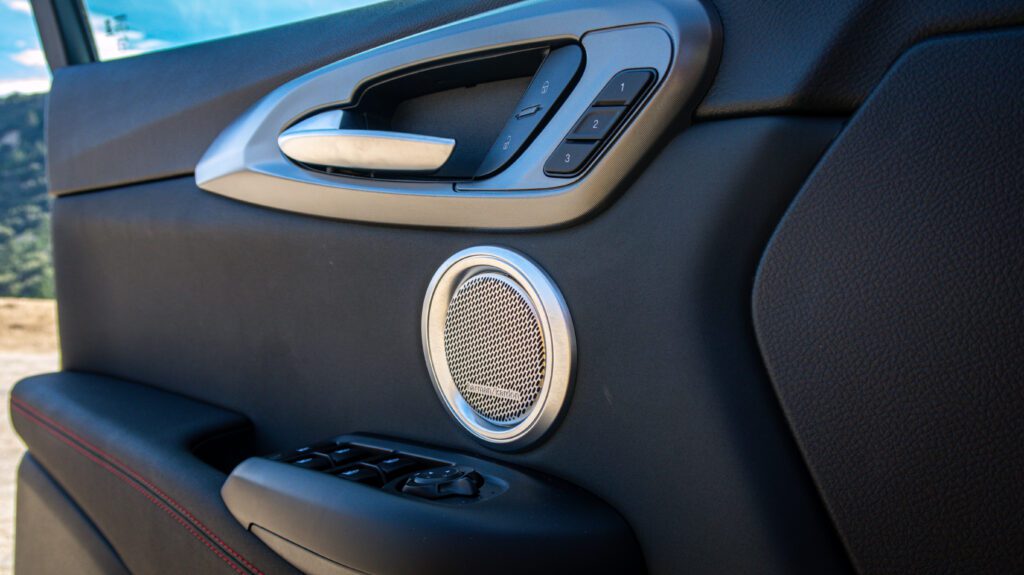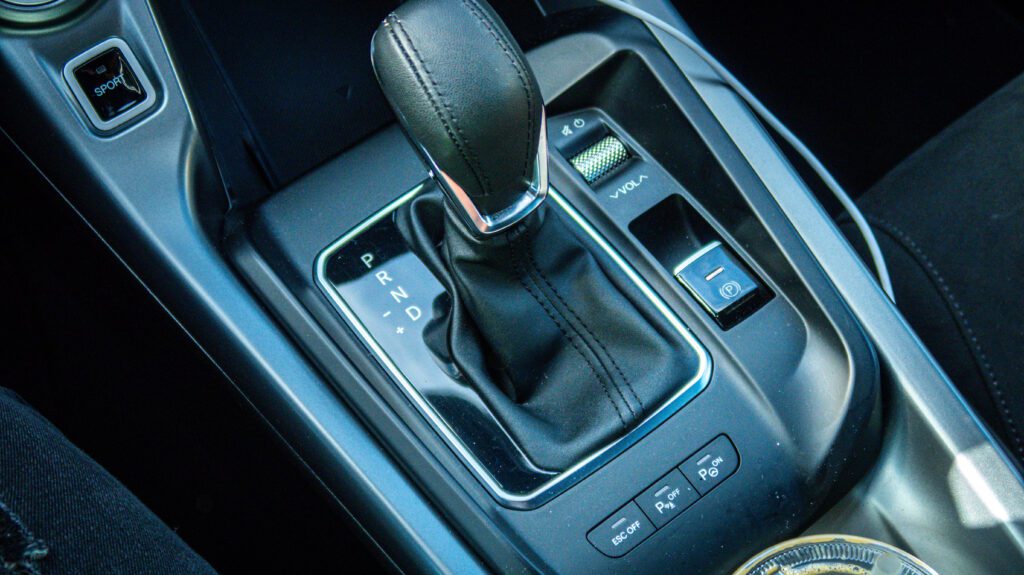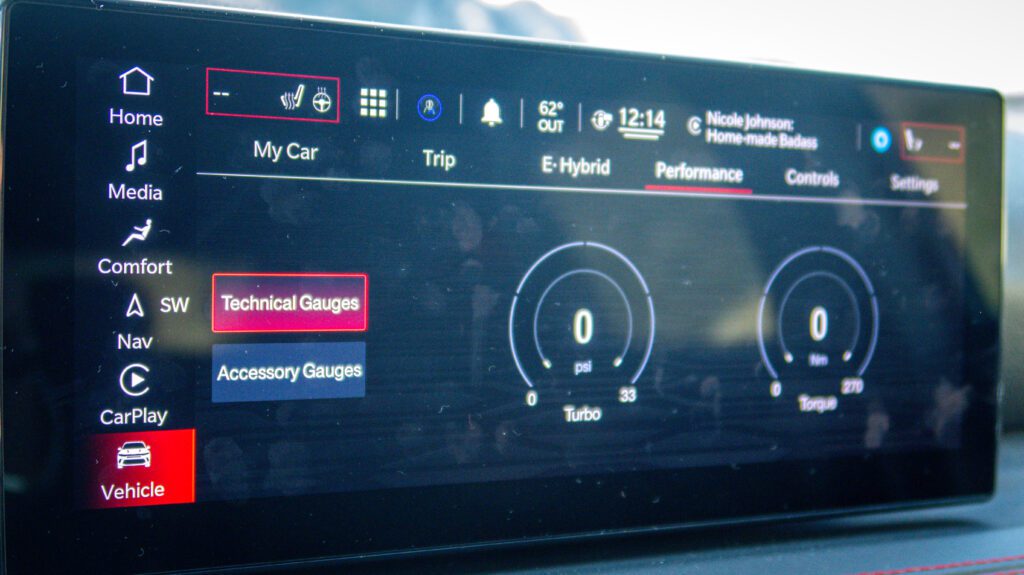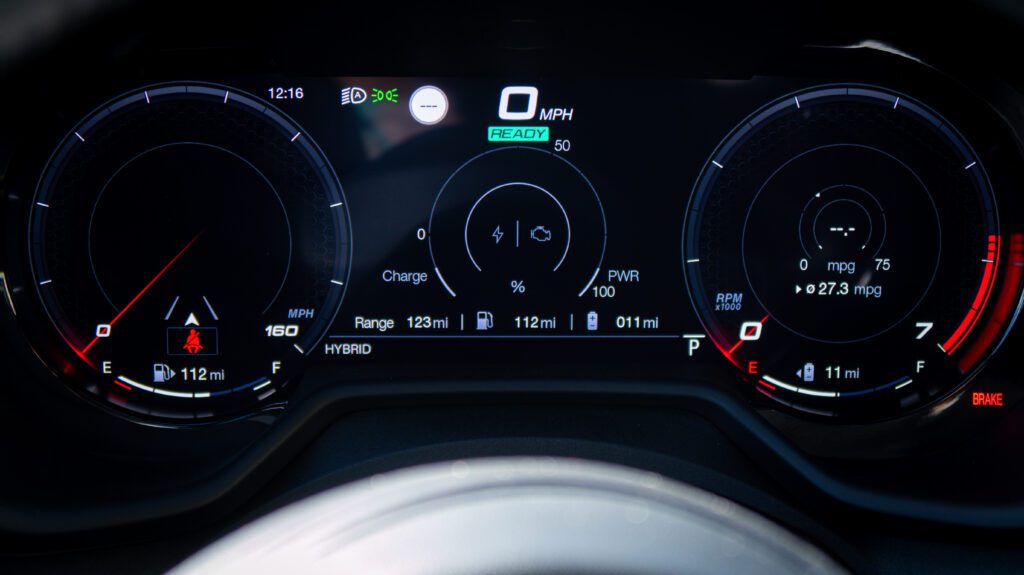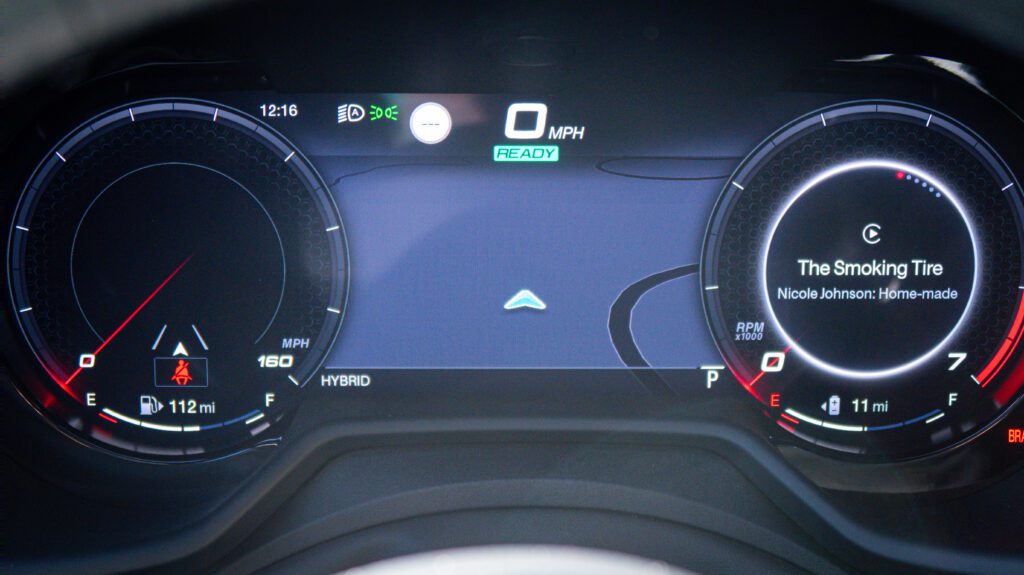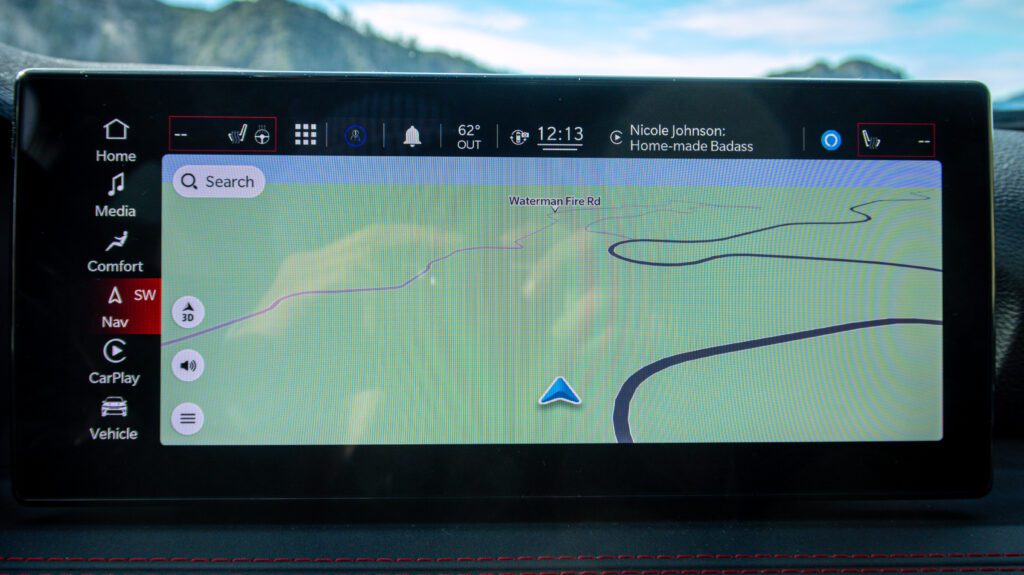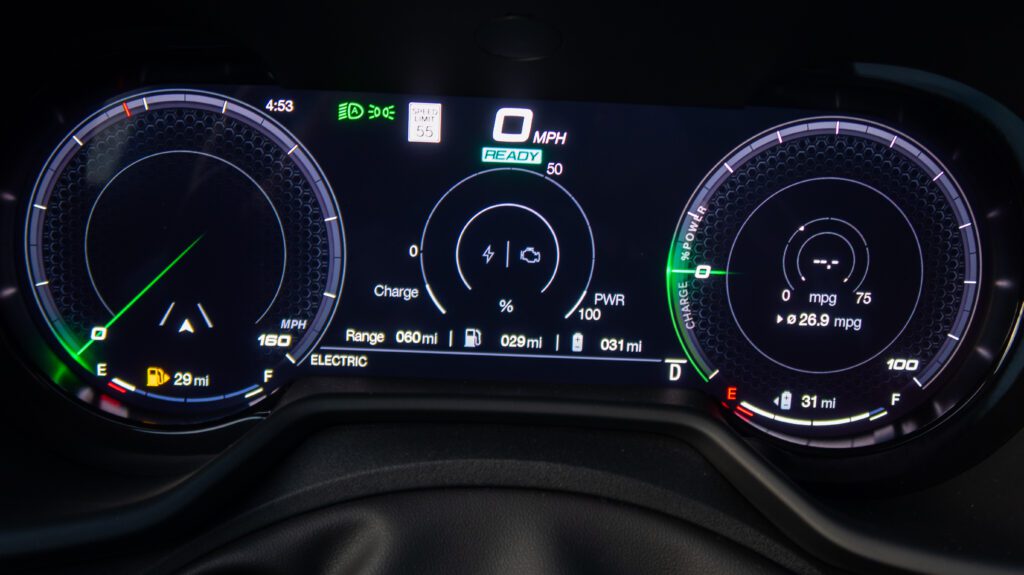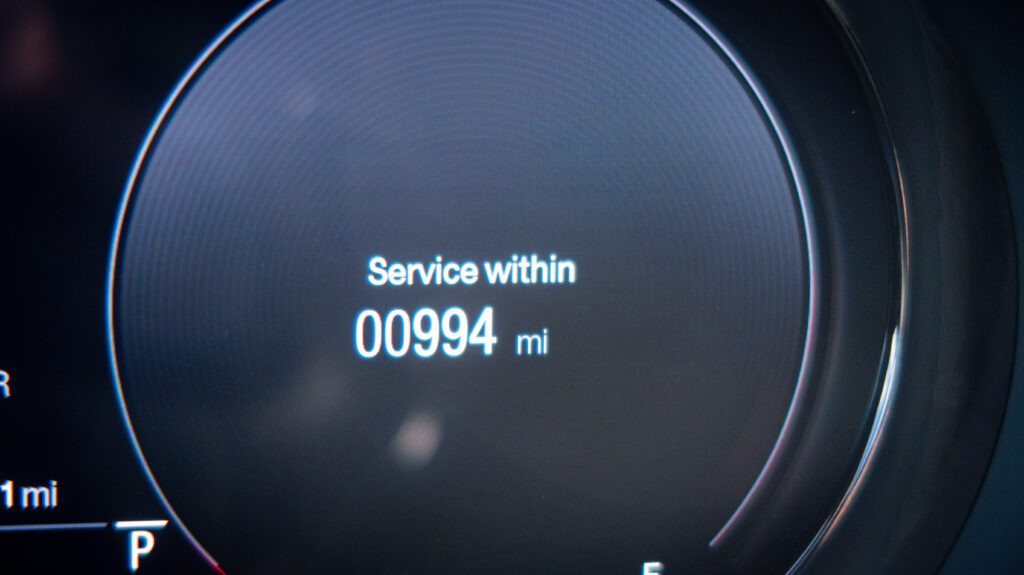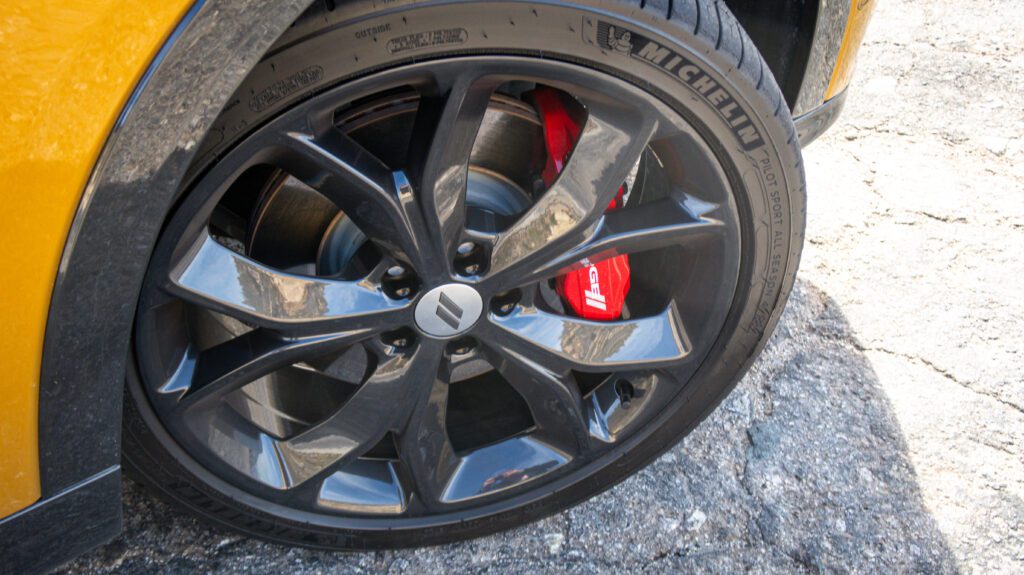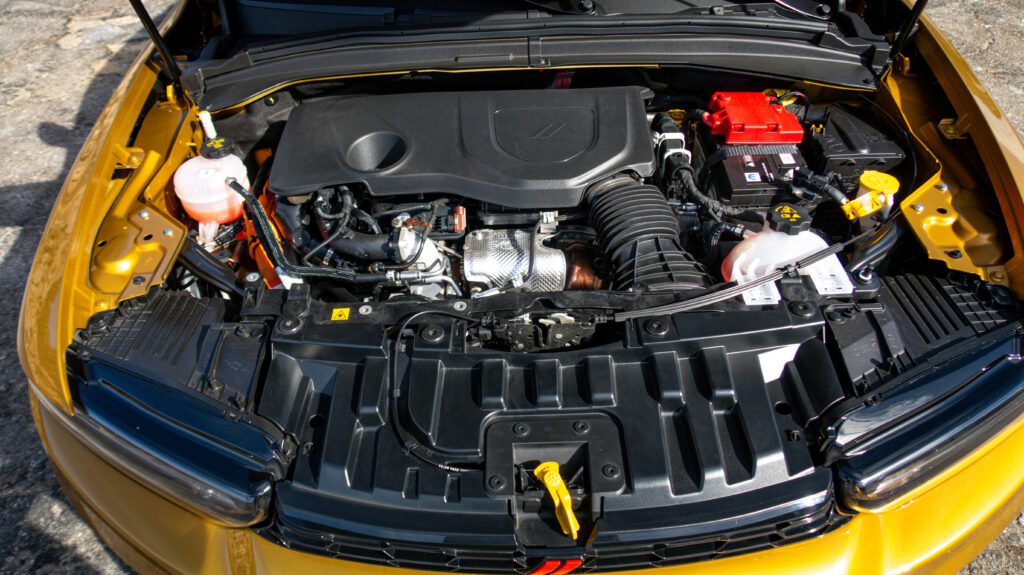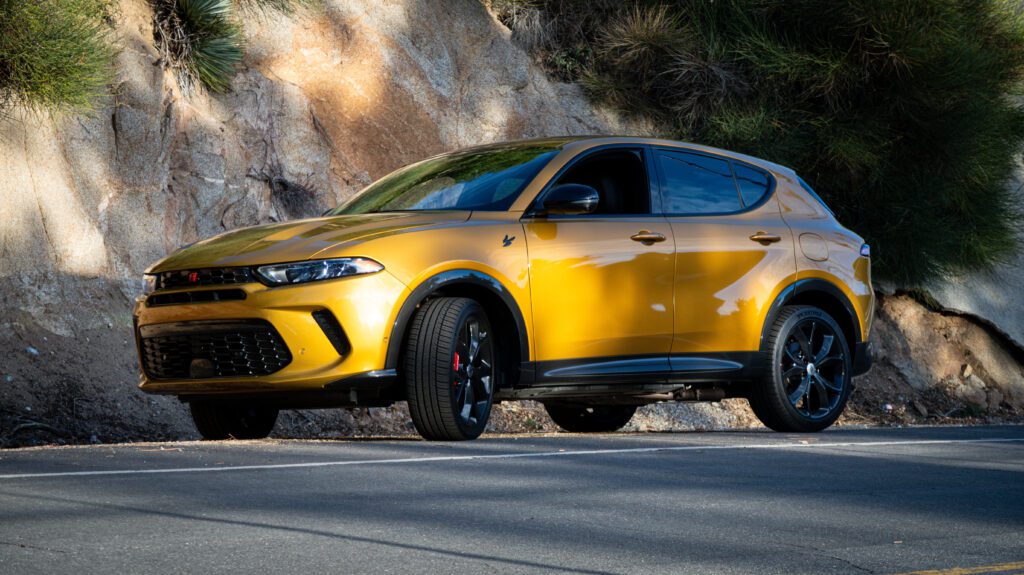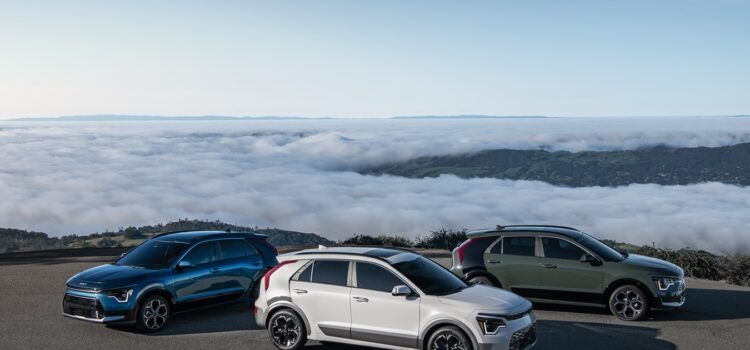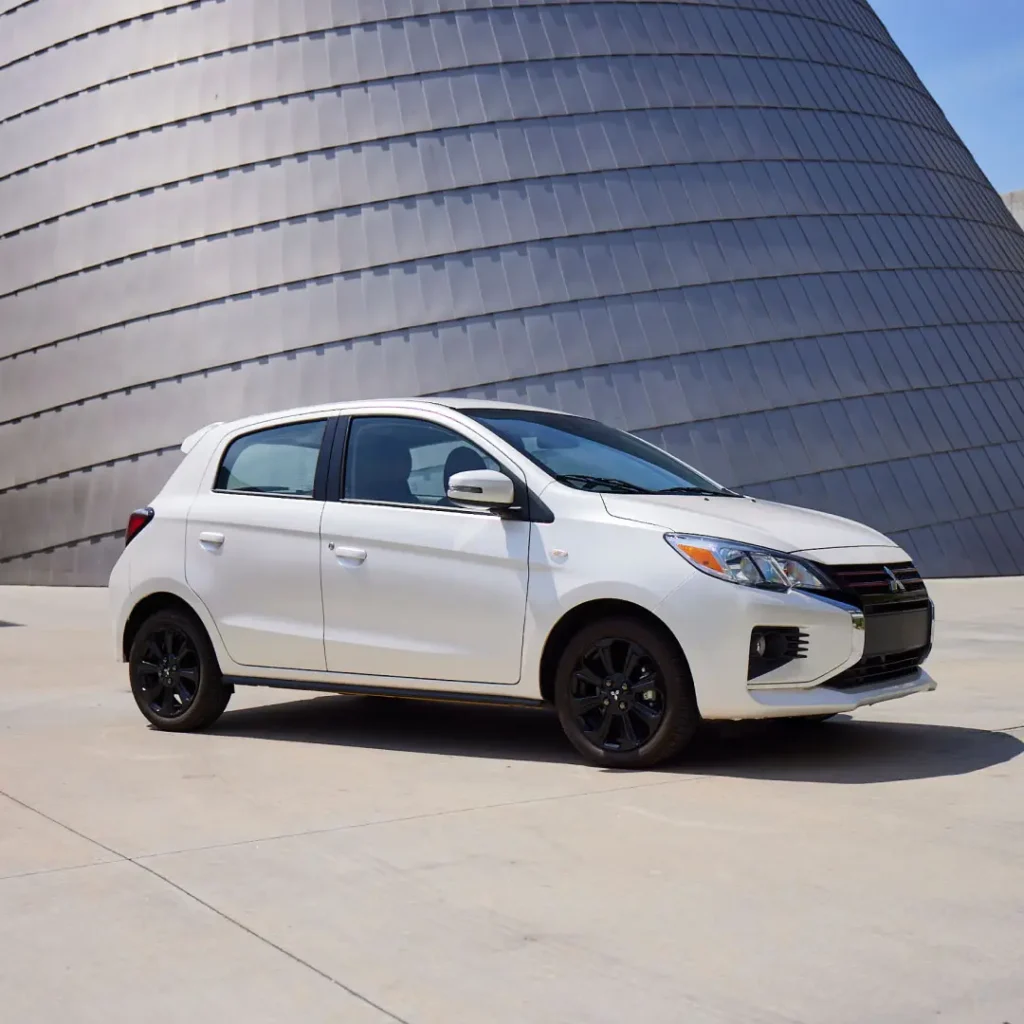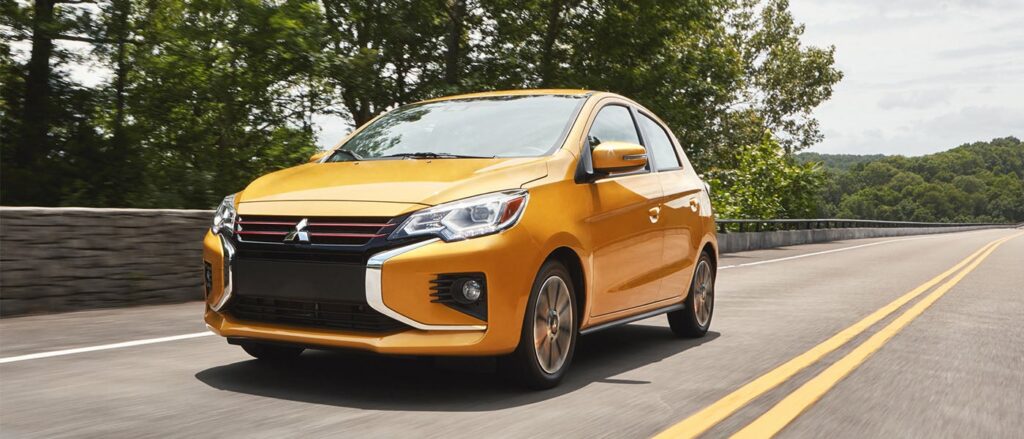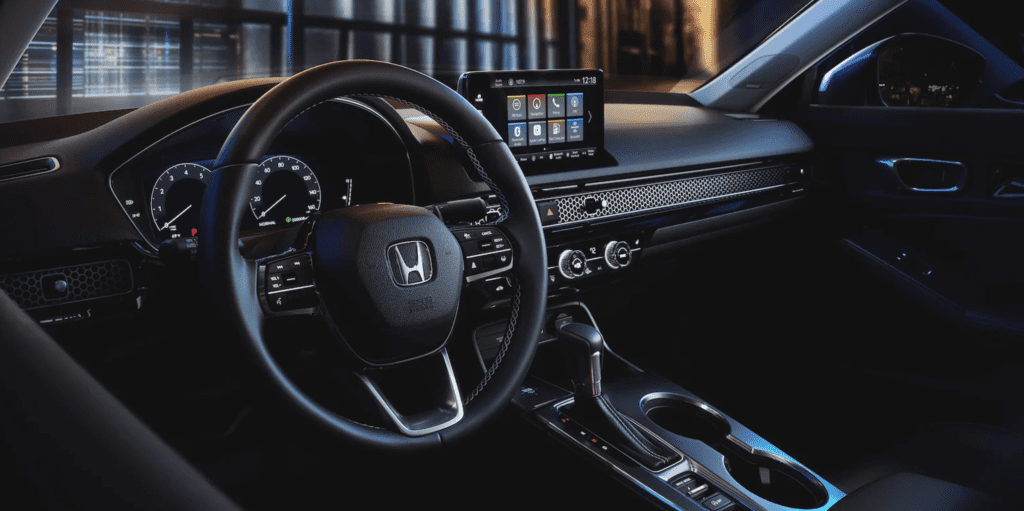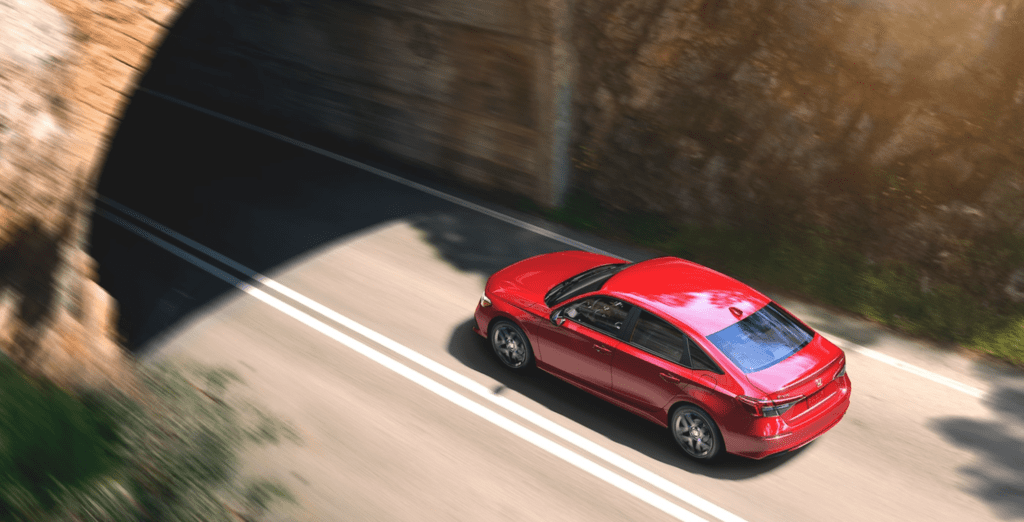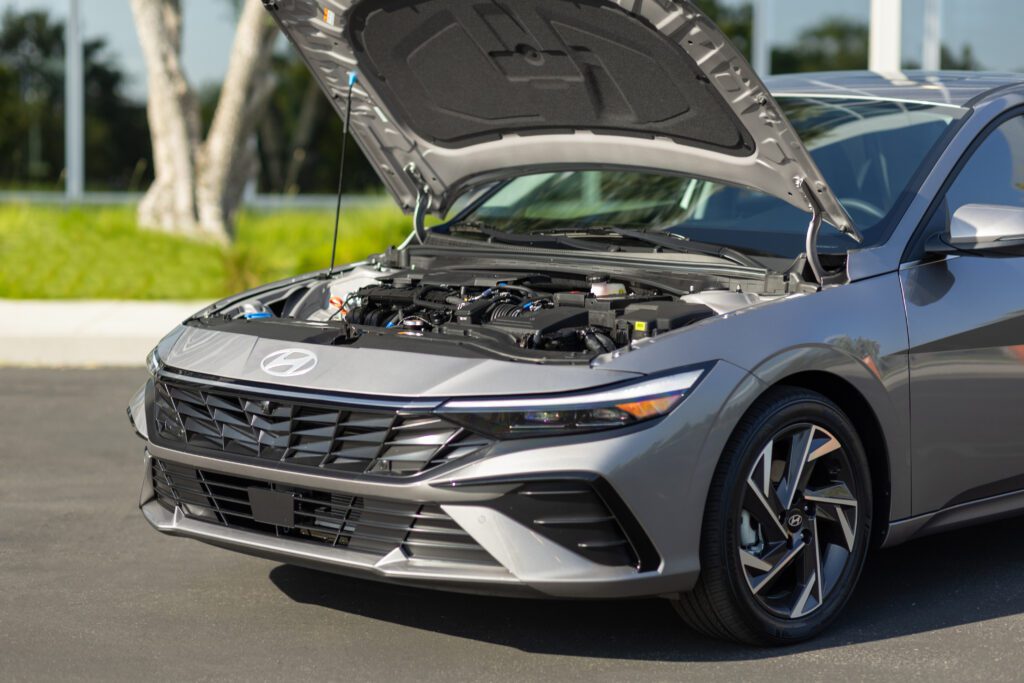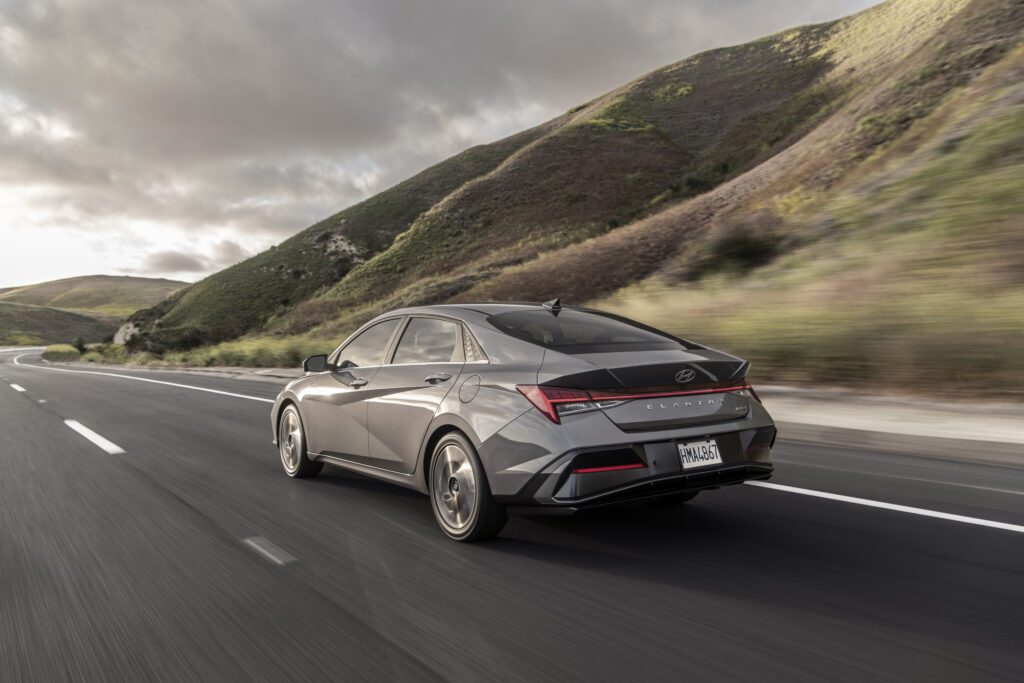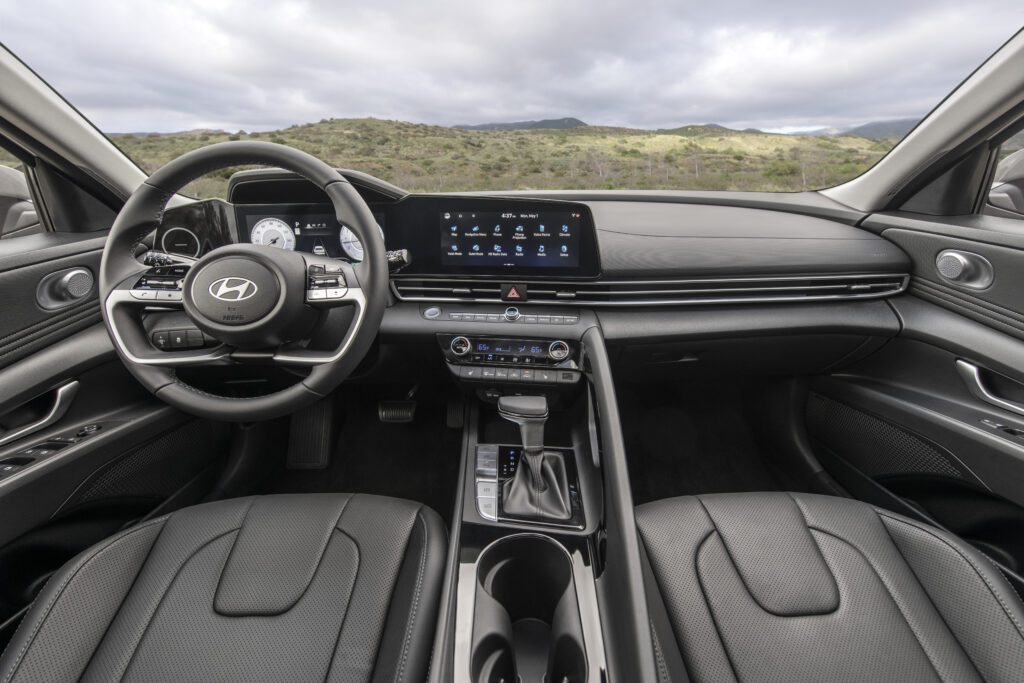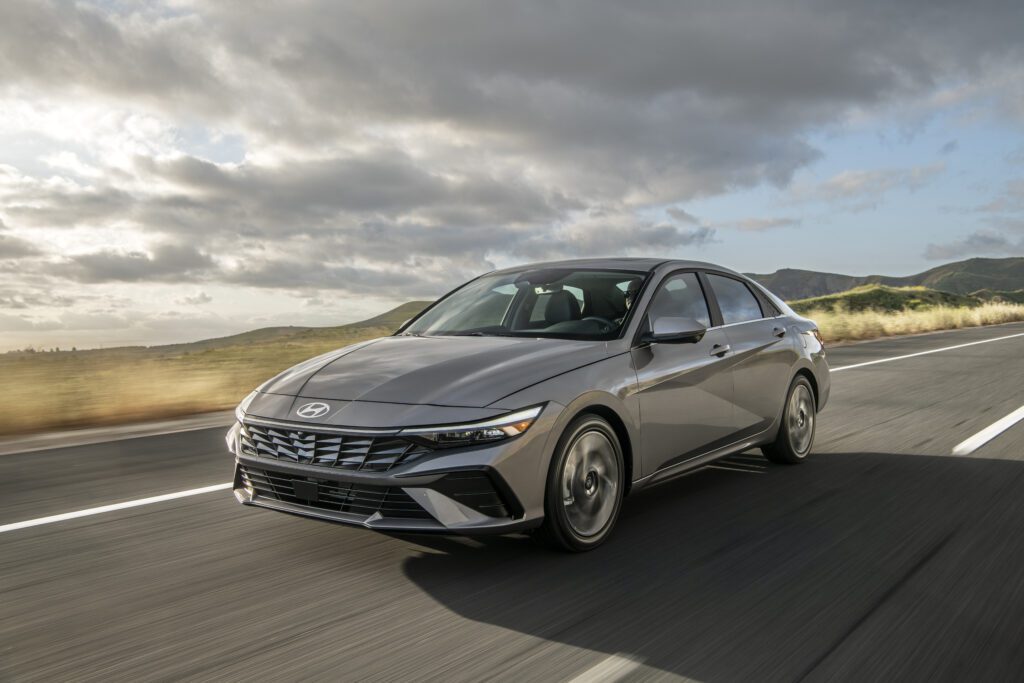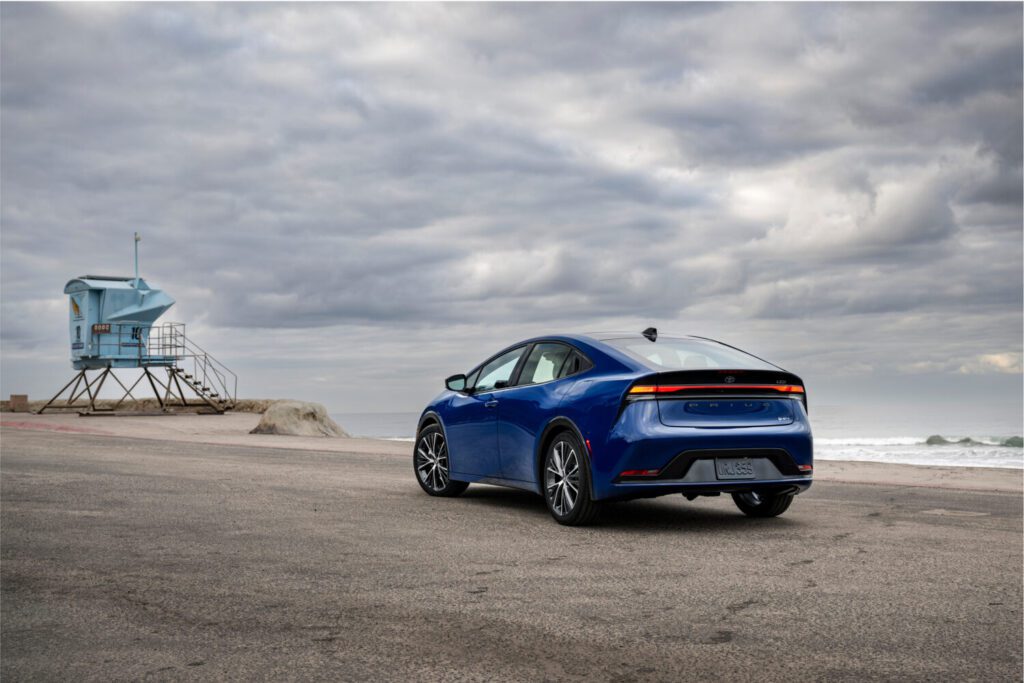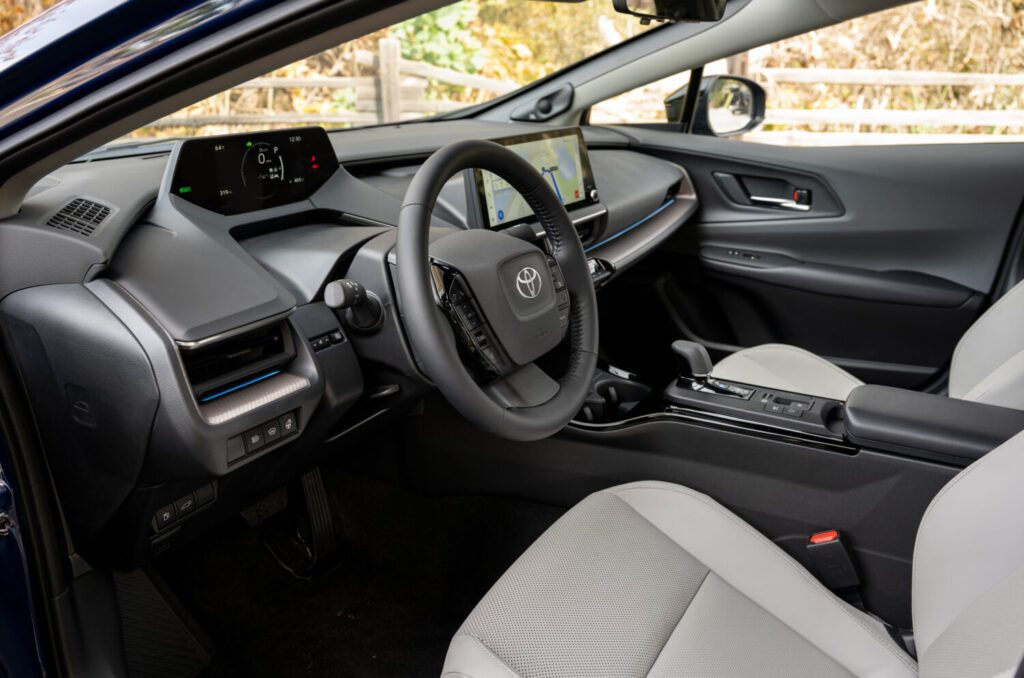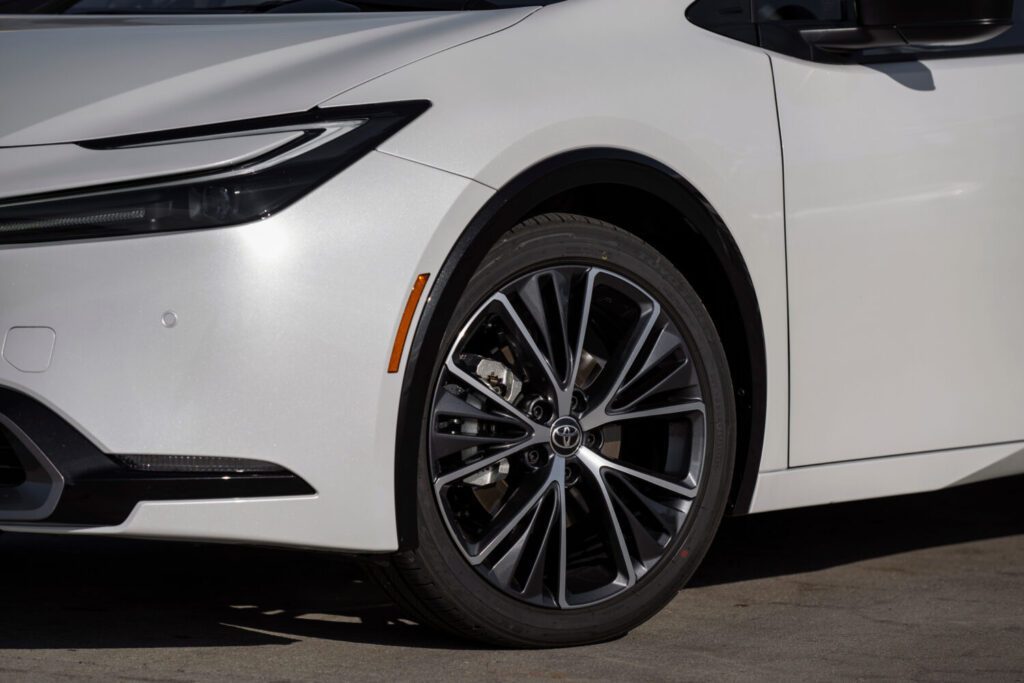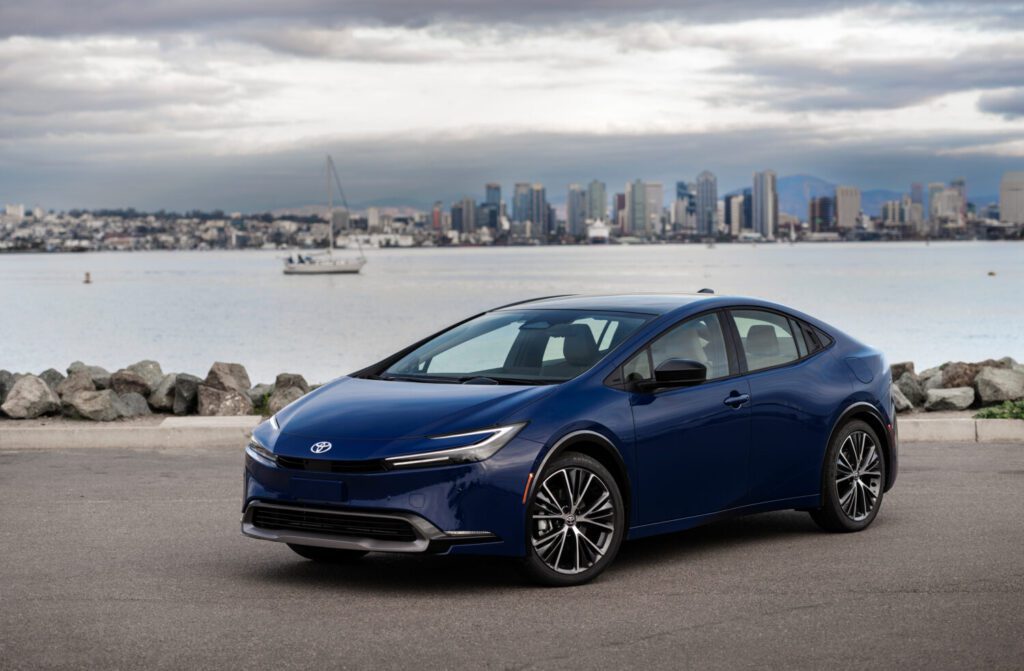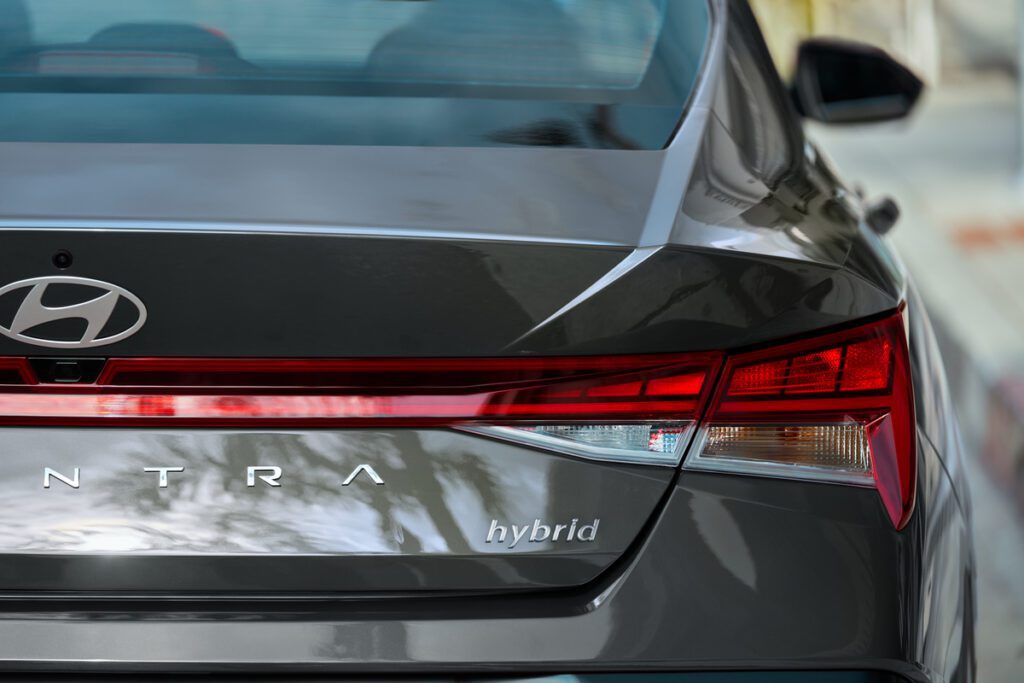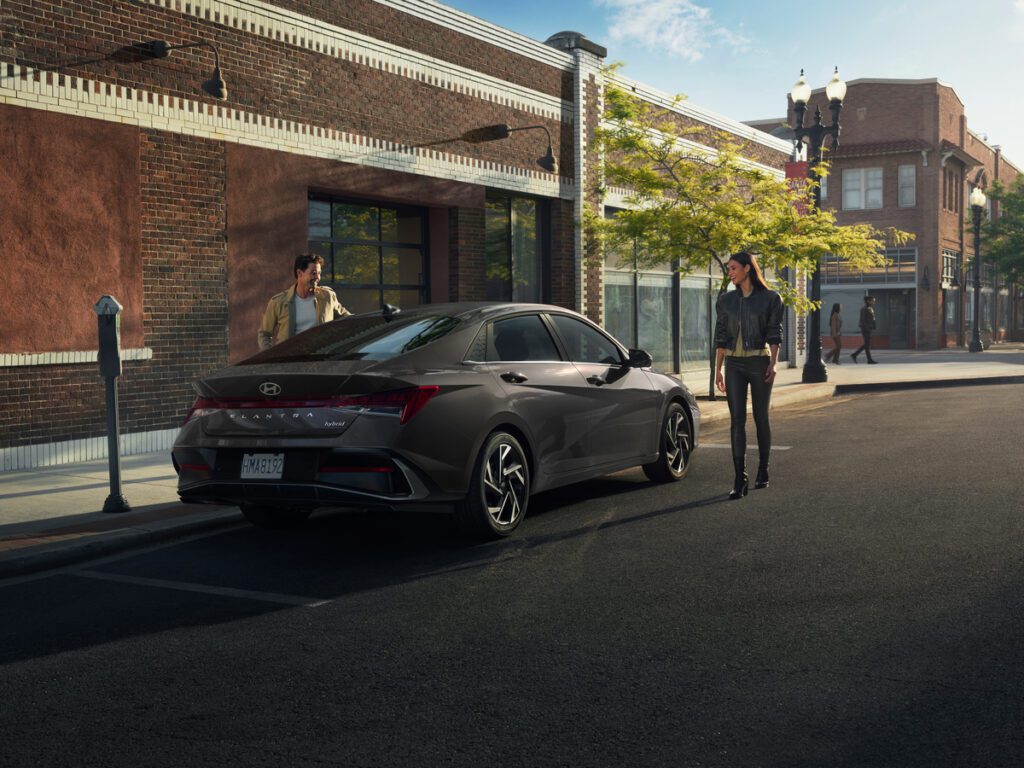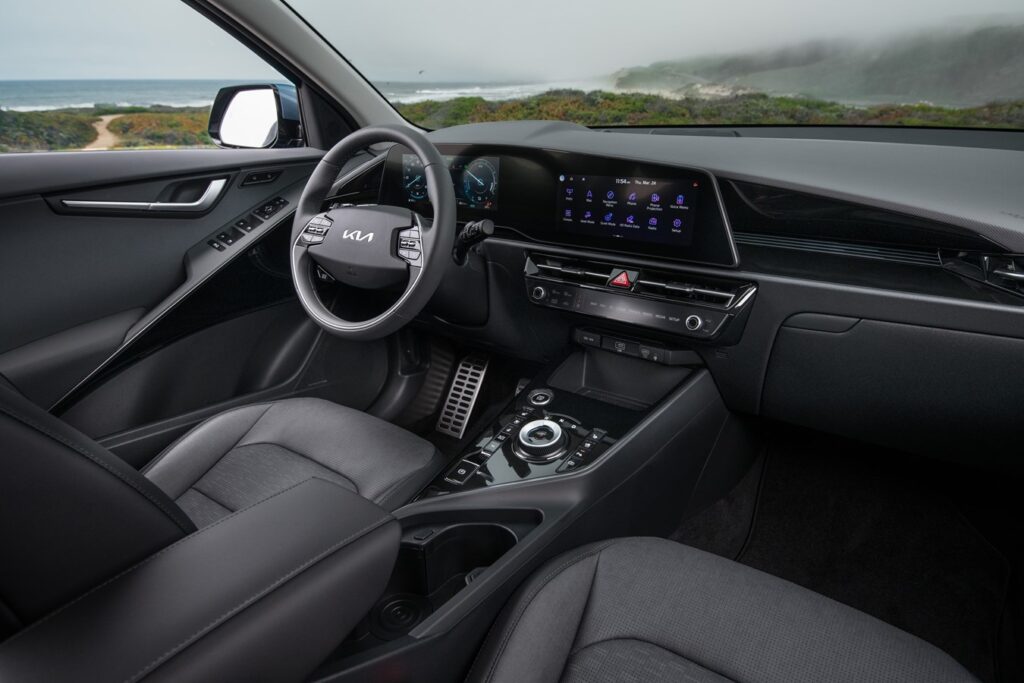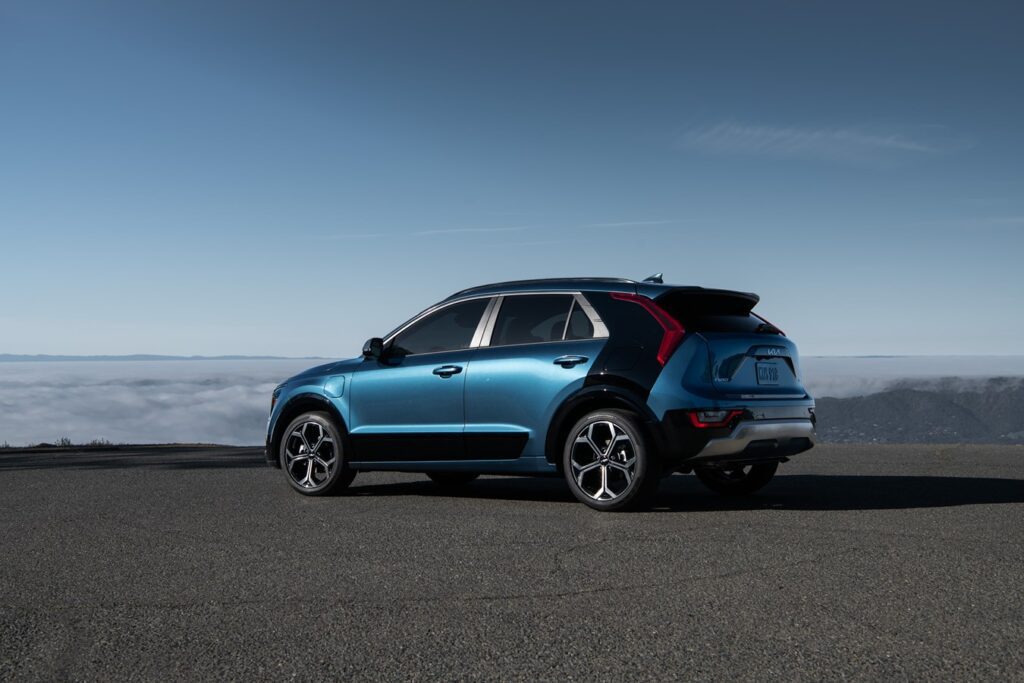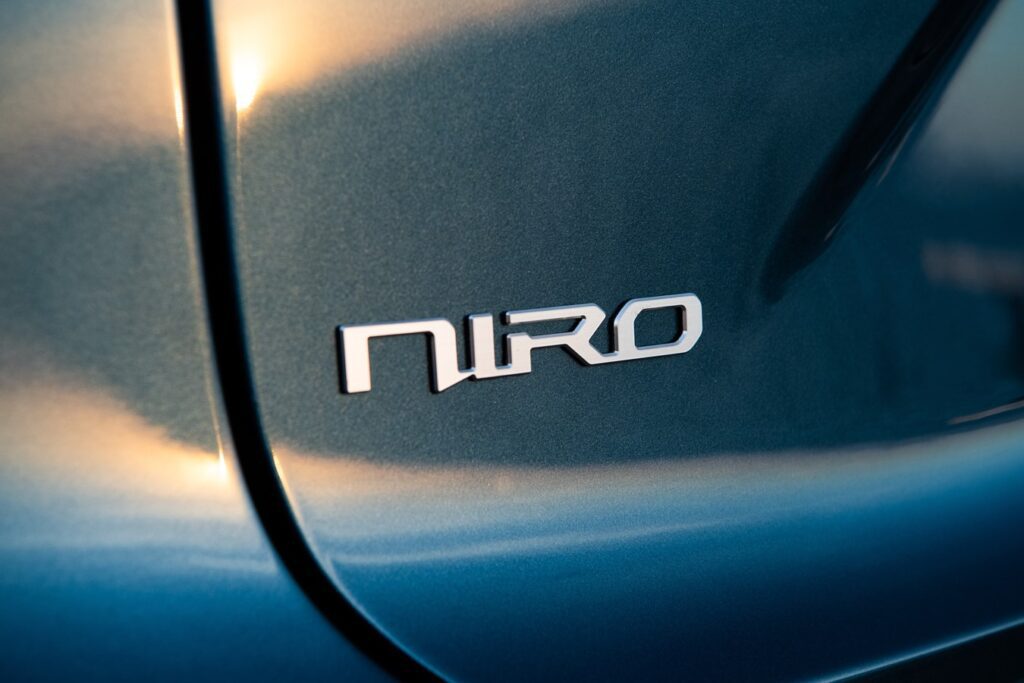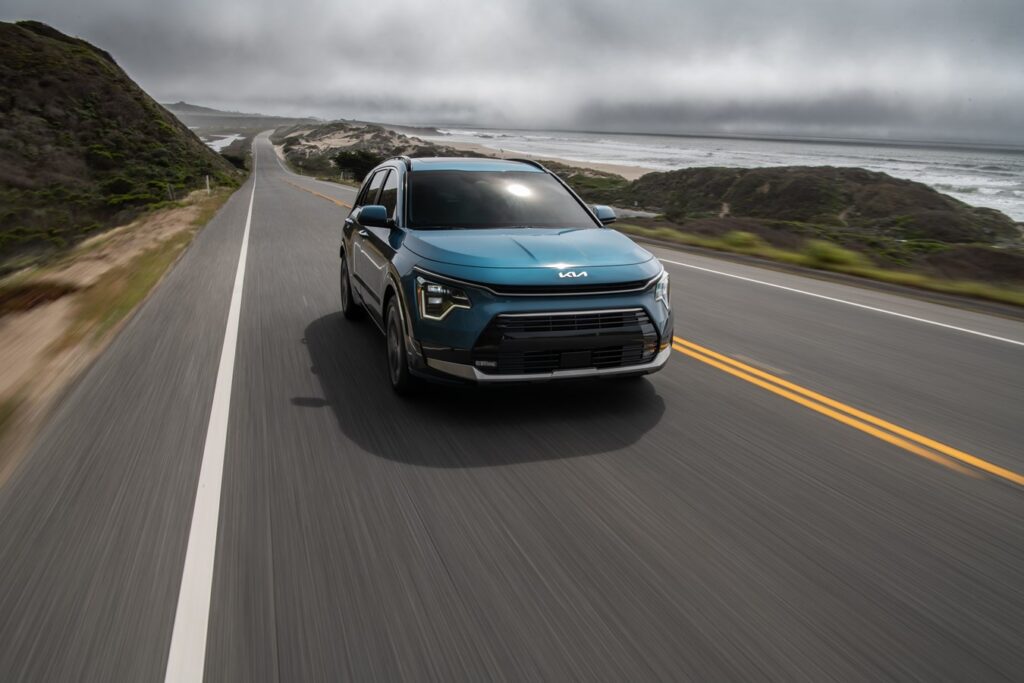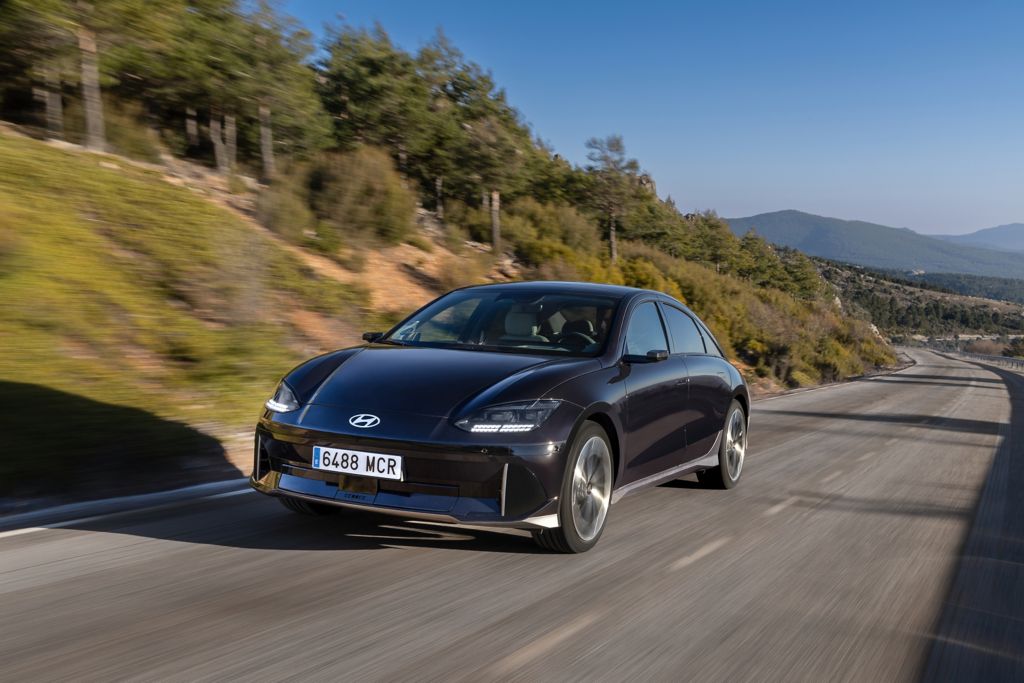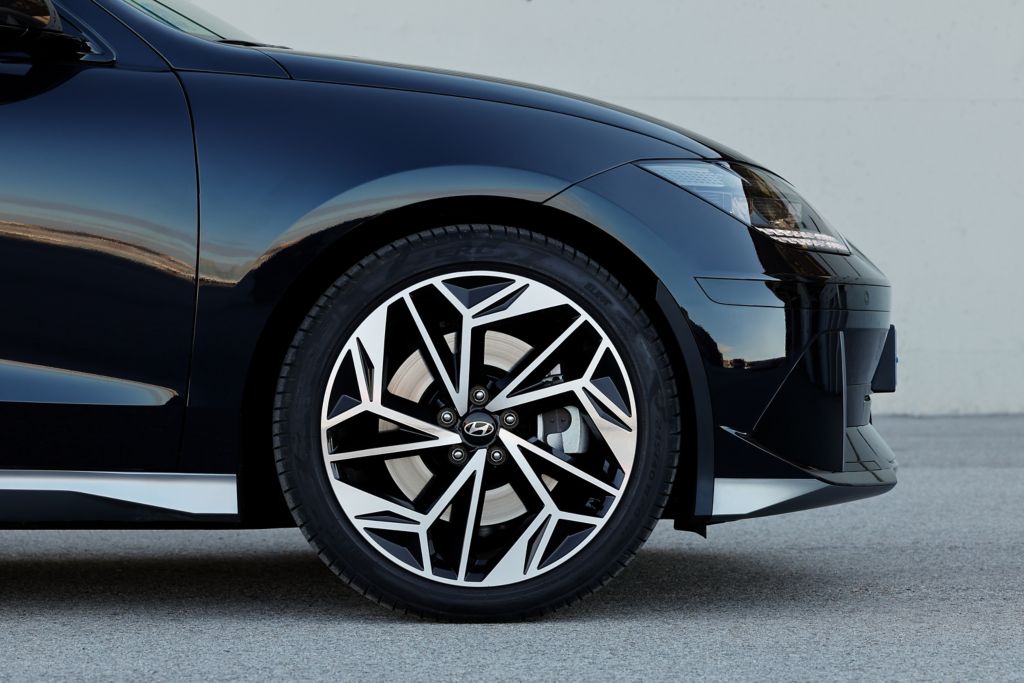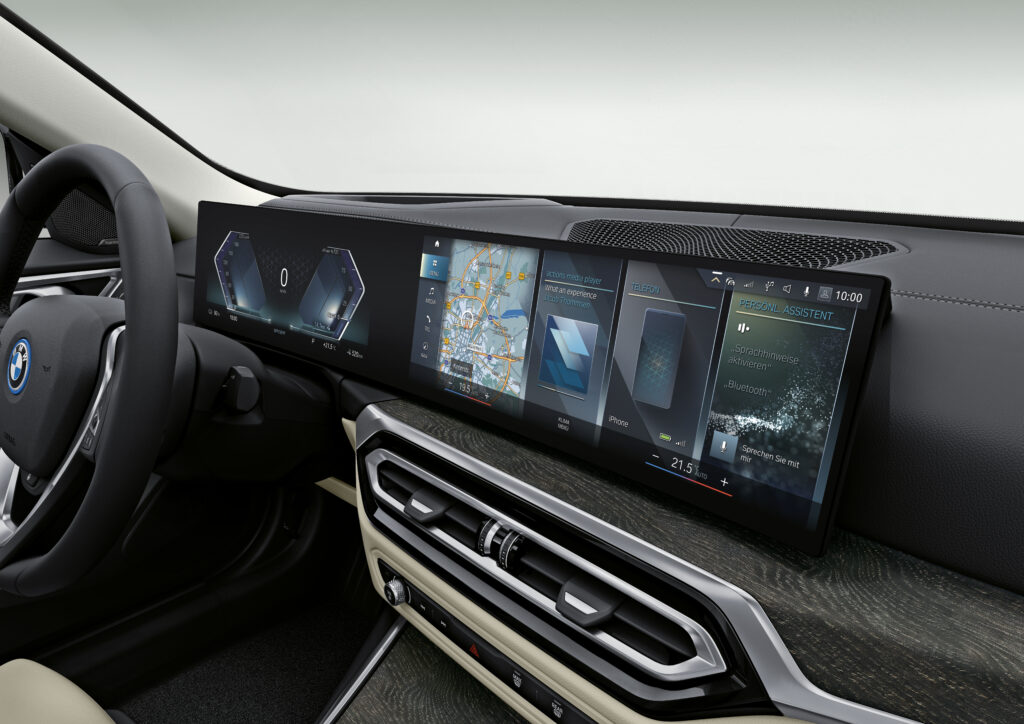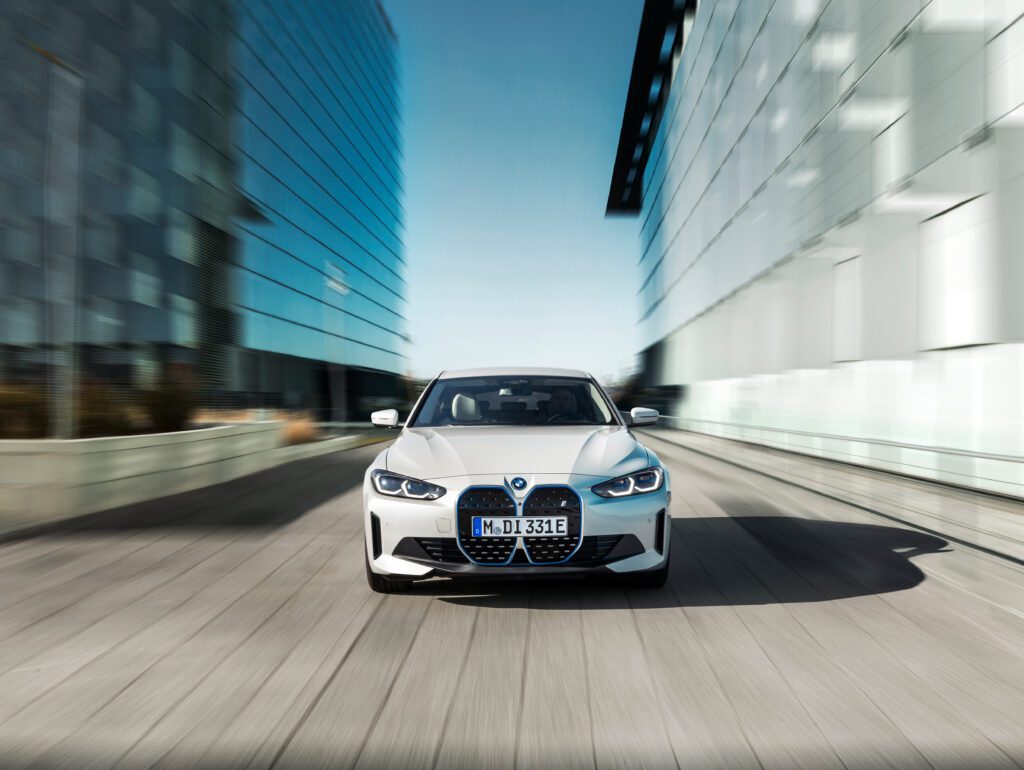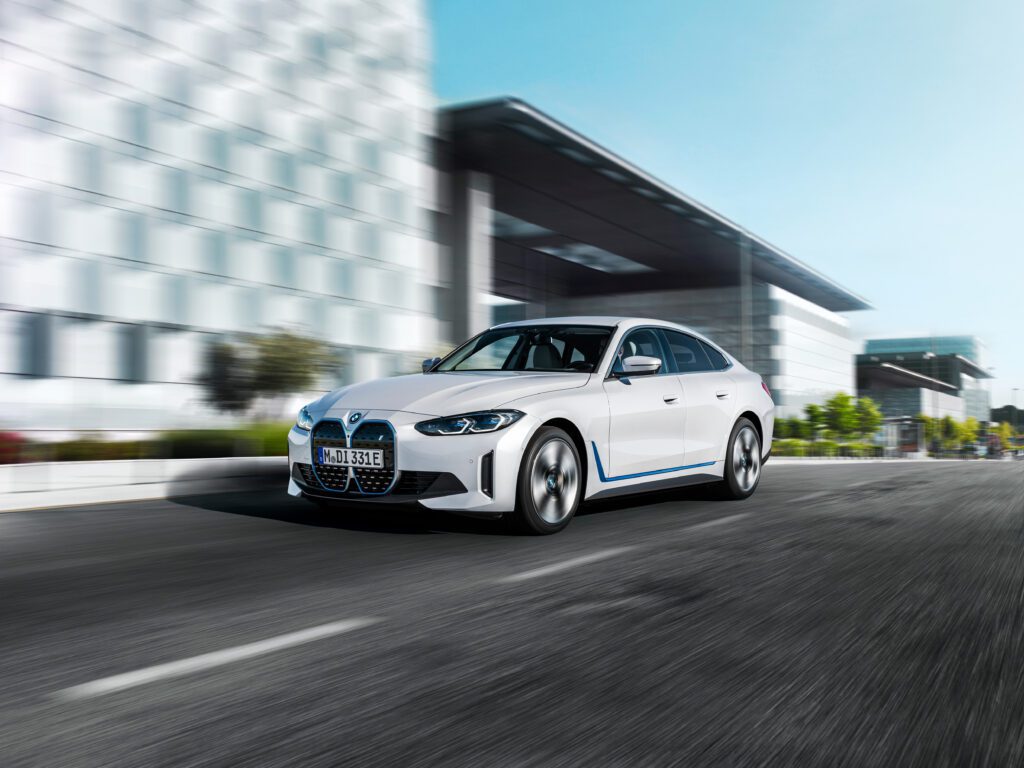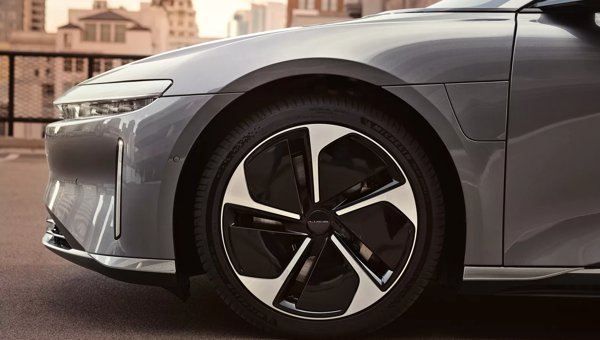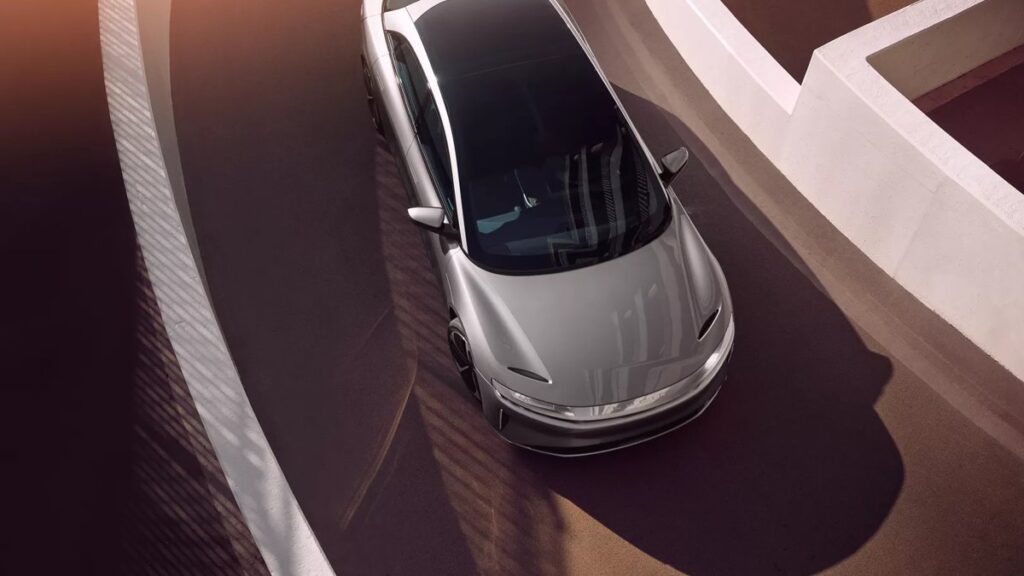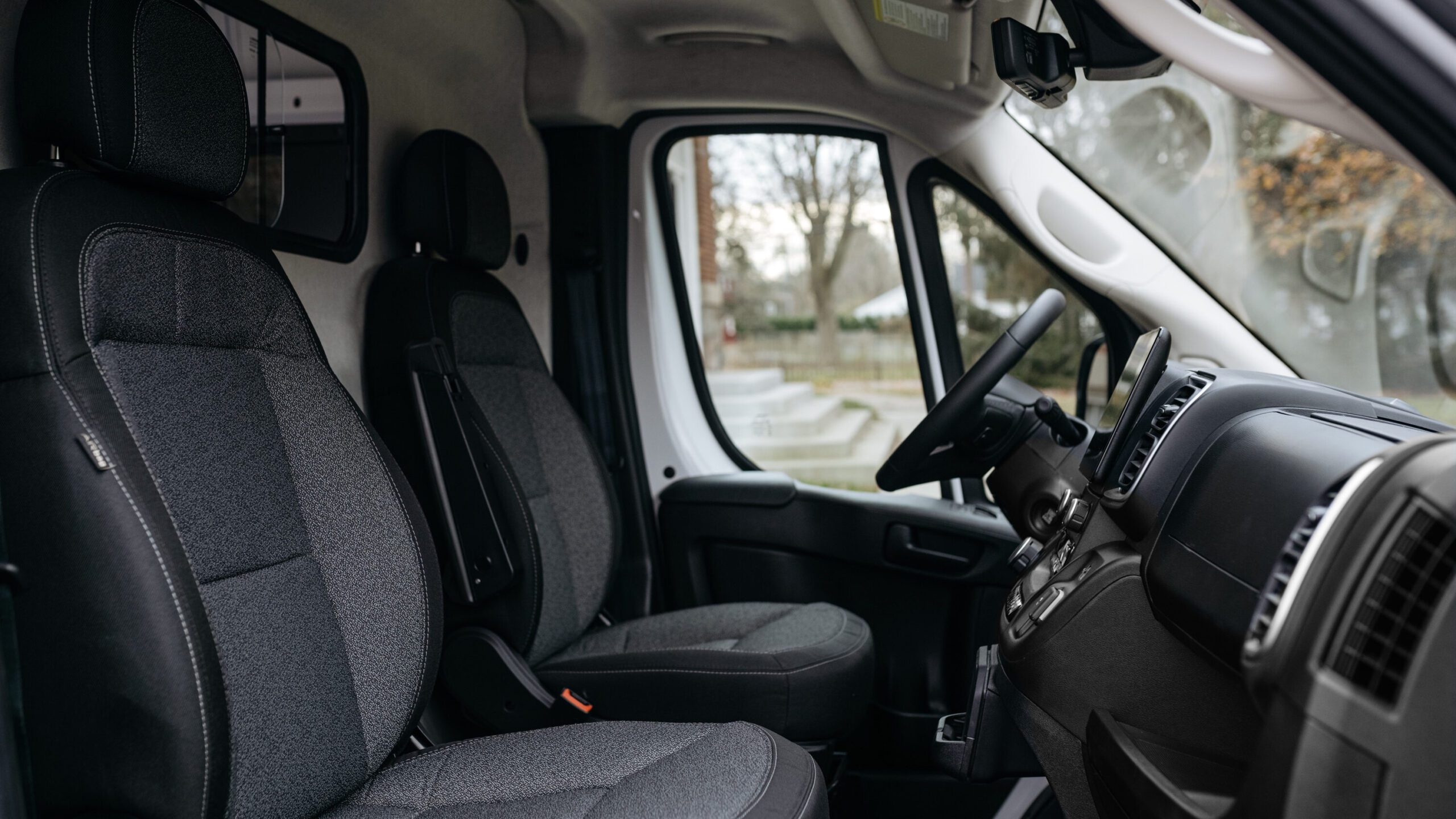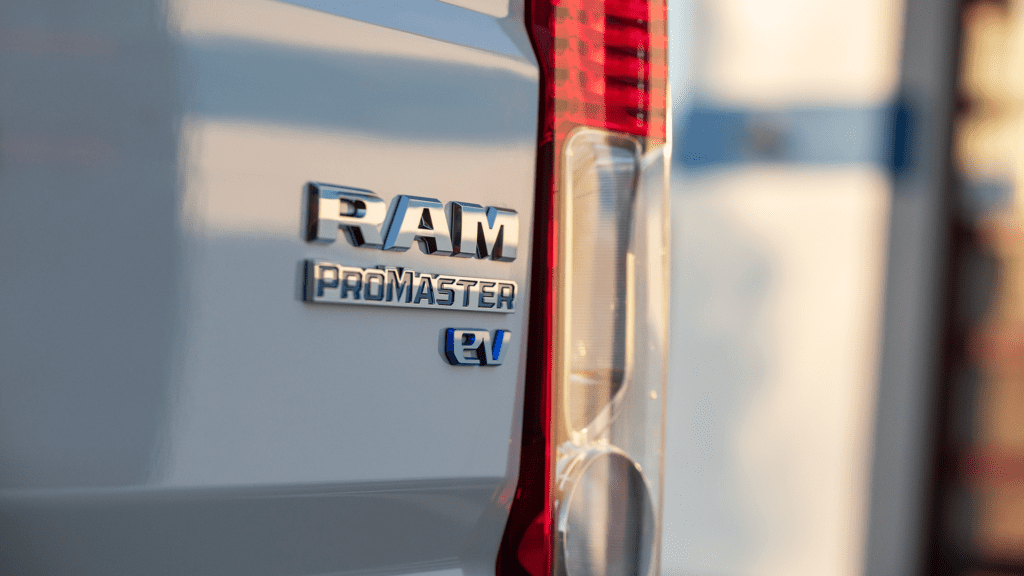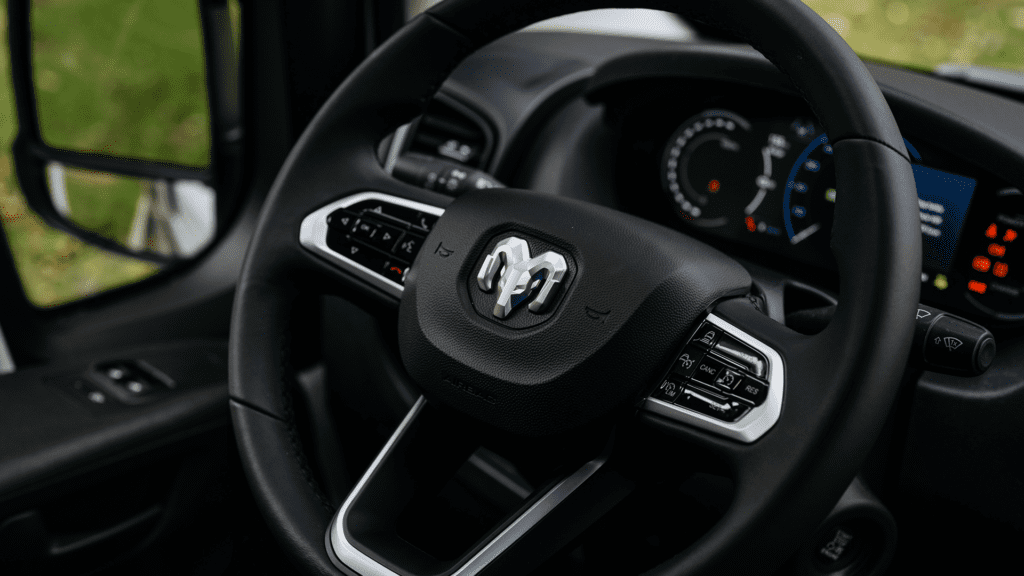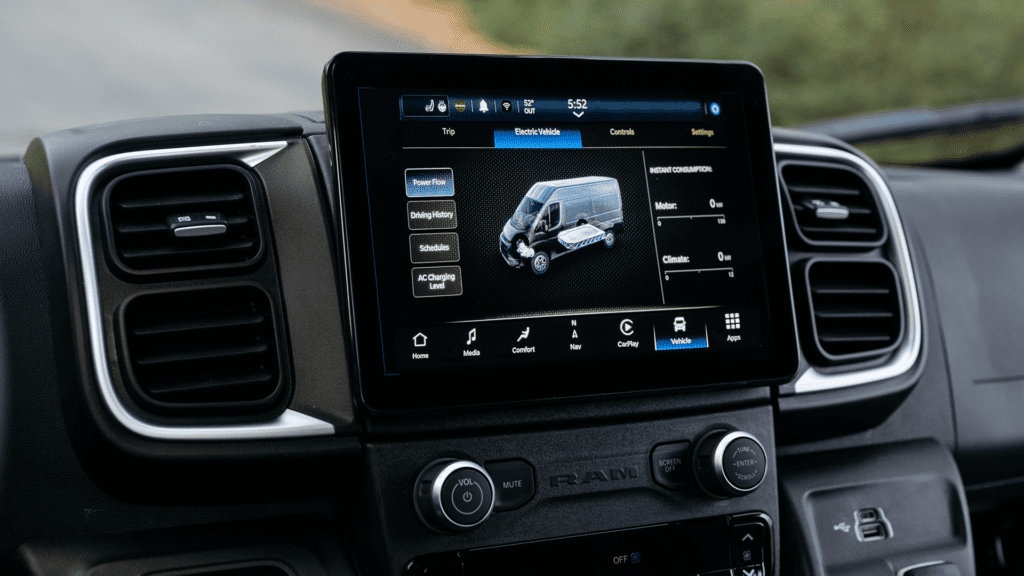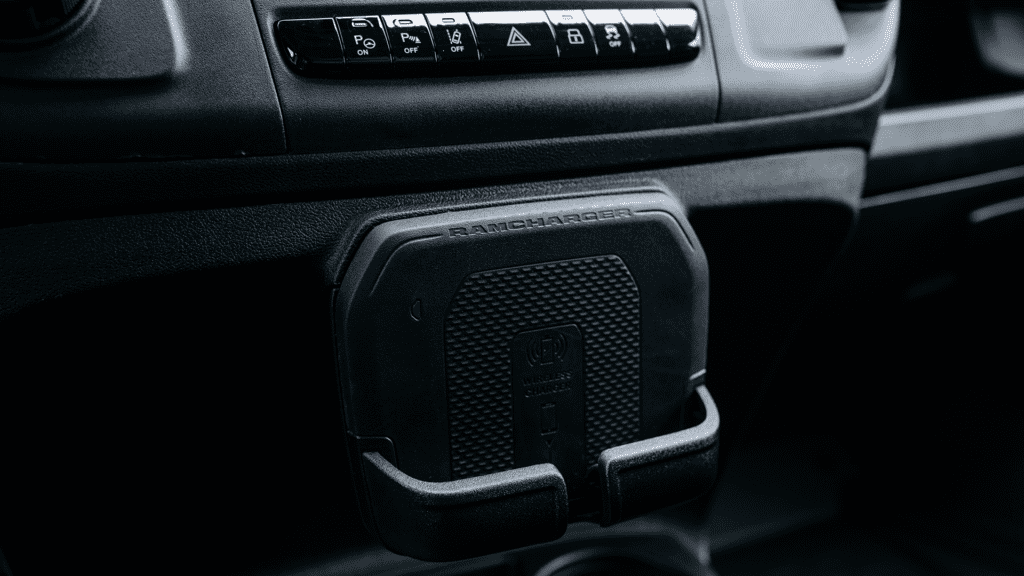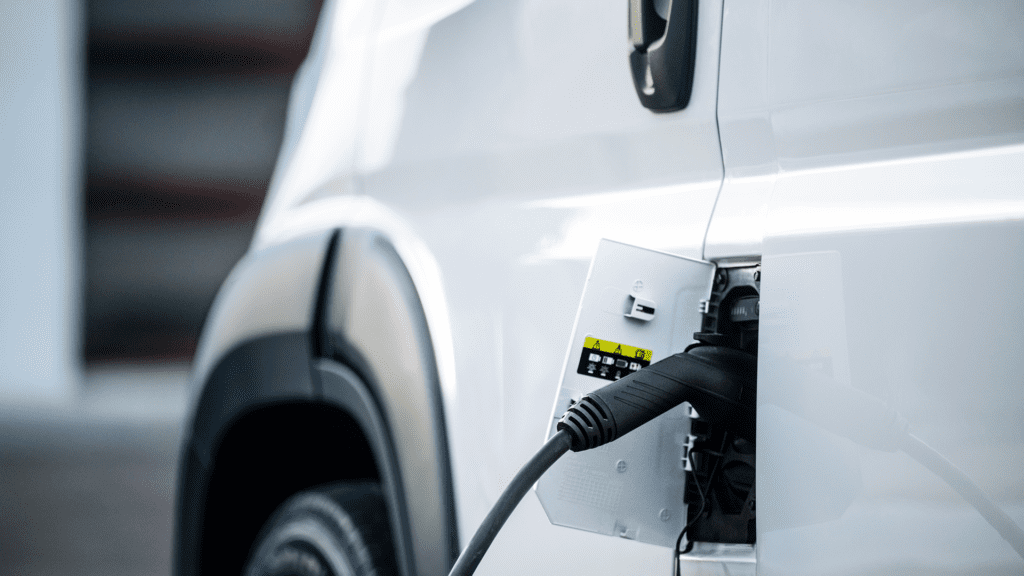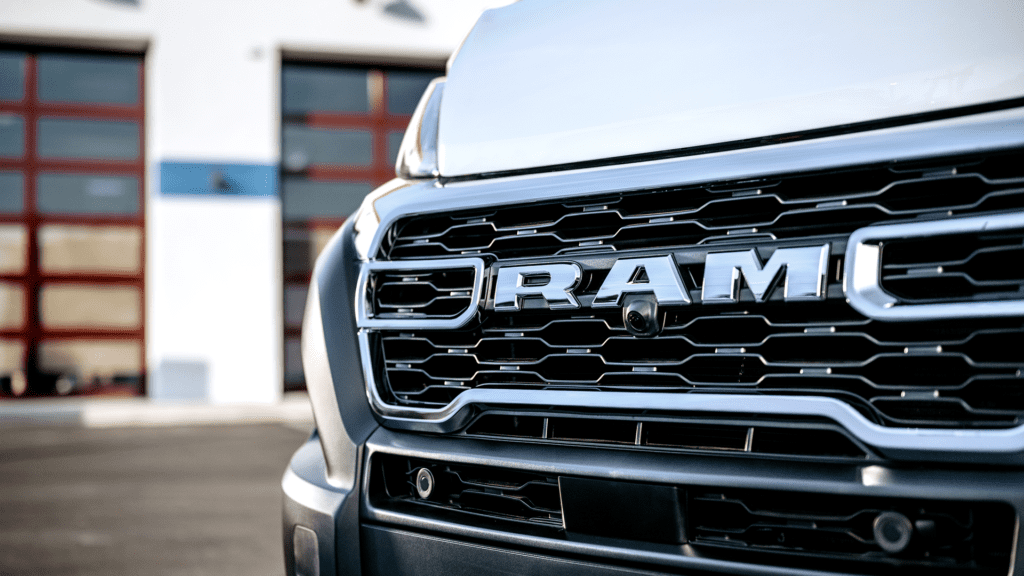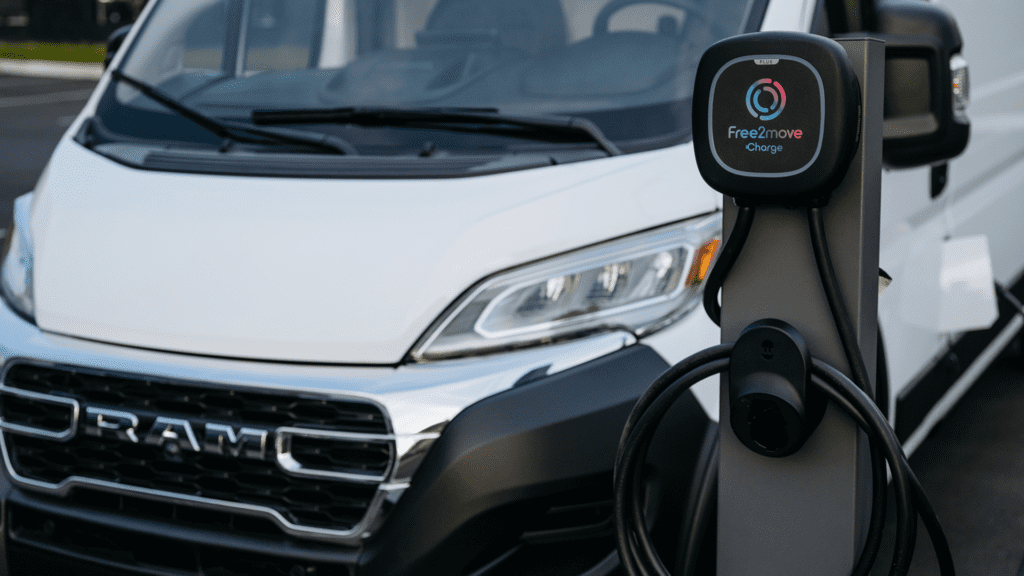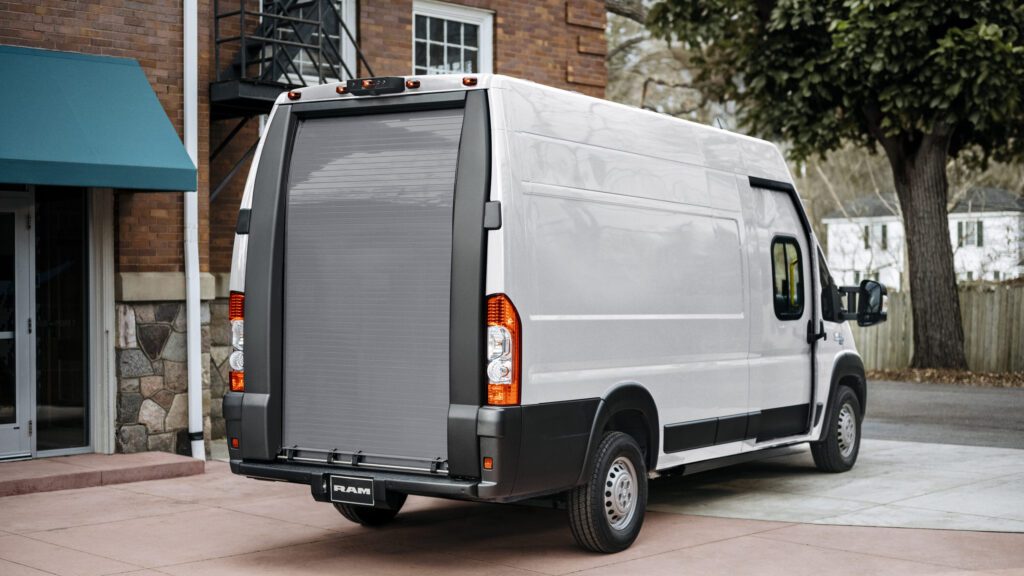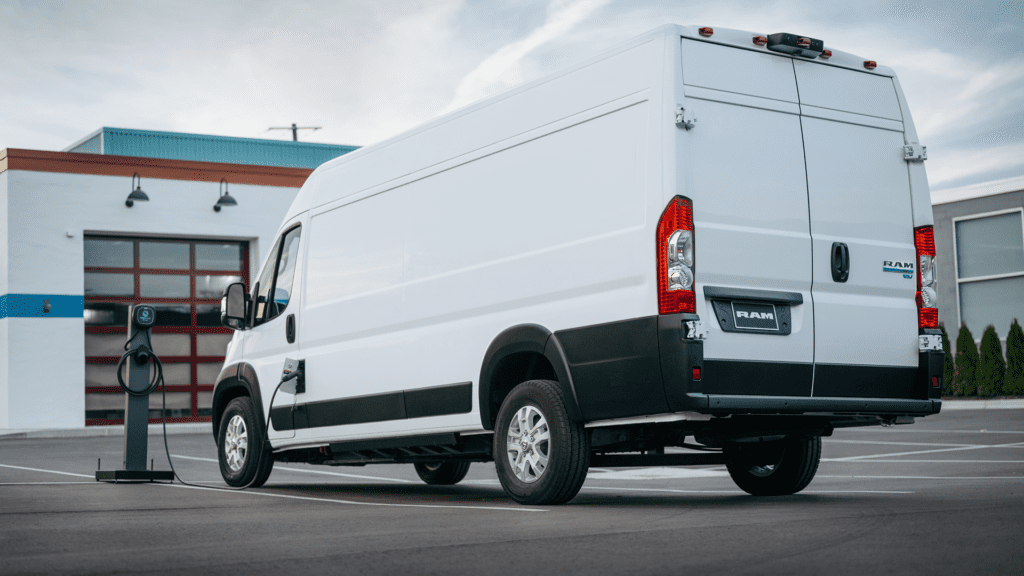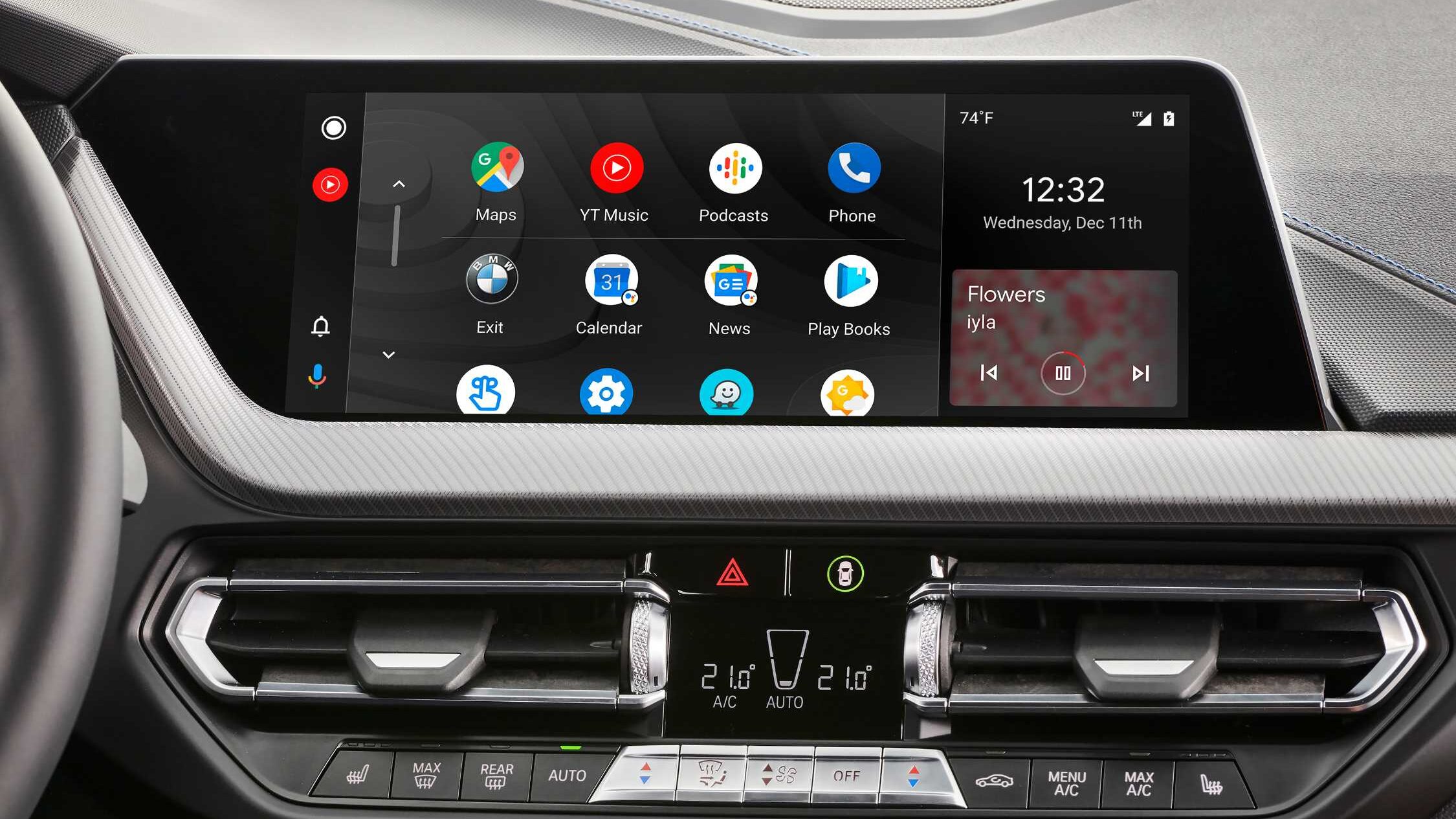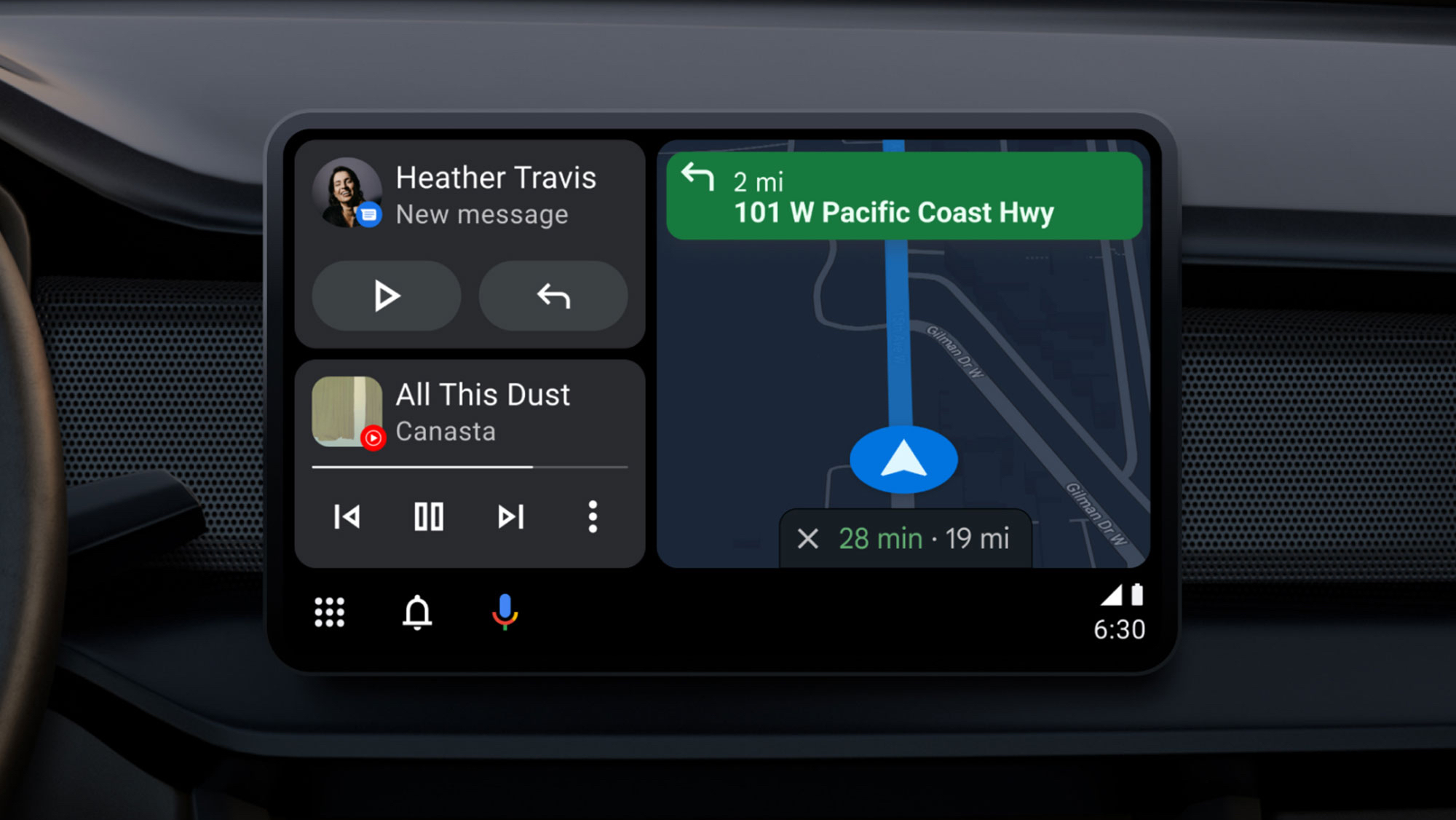The all-electric Porsche Macan EV is more of a “true” Porsche than you think
With the introduction of the Porsche Cayenne, the automotive industry saw the rise of the super SUV, a vehicle that provides the power and prestige of a supercar in a larger, more practical form. As these vehicles grew in popularity, especially within the luxury-performance segment, enthusiasts have been inundated with options like the Lamborghini Urus, Audi SQ8, Aston Martin DBX, and, a smaller companion to the Cayenne, the Porsche Macan.
The first model year for the Macan began in 2015, and less than a decade later, we are seeing this performance SUV in a whole new light: an all-electric option. Enter the creatively named Macan Electric. If the Porsche Taycan Turbo S has proven anything, it’s that this German brand isn’t messing around when it comes to electric power, storming into this new powertrain endeavor with impressive acceleration, handling, styling, and high-tech, futuristic options. The Taycan Turbo S was the full package, giving us high expectations for an EV Macan.
Skip to section:
- What is the new Macan EV
- Porsche increases release of EVs
- Porsche’s forgotten EV history
- Porsche Macan EV aerodynamics and design
- Porsche Macan EV dynamics and steering feel
What is the new Macan EV?
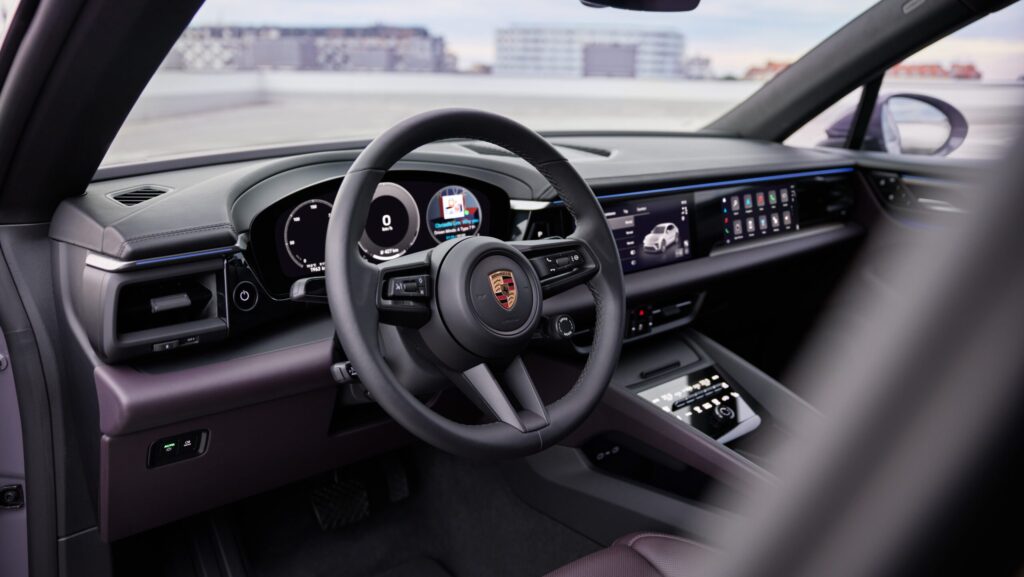
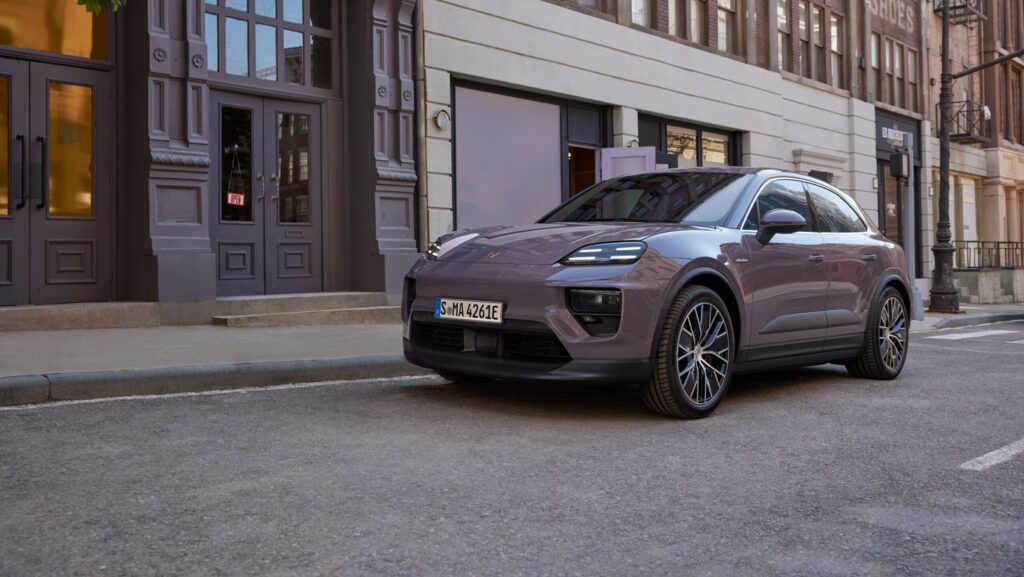
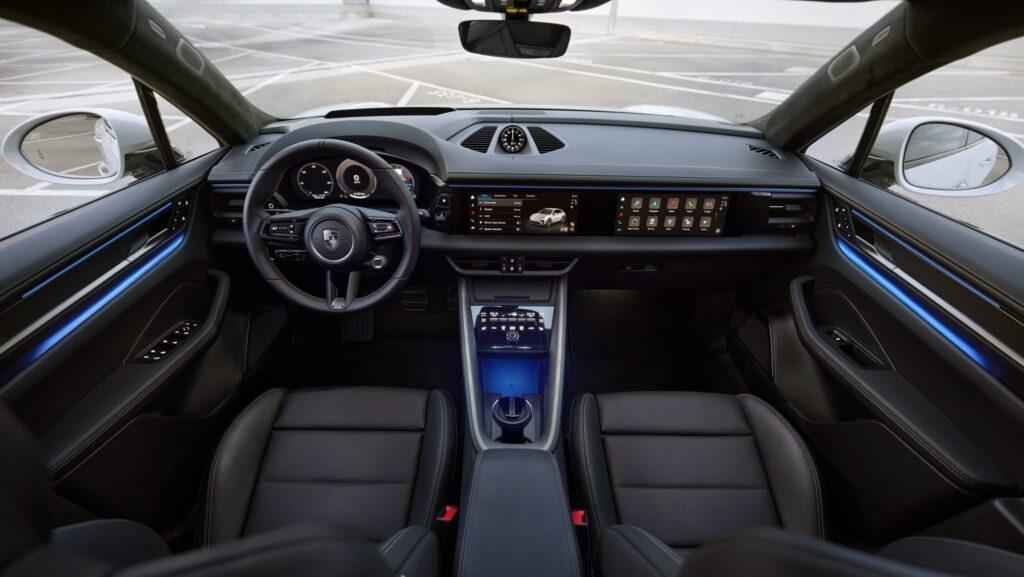


In a bold move to carry forward the Macan’s red-hot torch while feeding into the electric car frenzy sweeping the globe, the Macan EV is a full-on replacement for the outgoing gasser Macan. It sports a unique, slightly sloped roofline akin to the Cayenne Coupes or Audi Sportback crossovers and a plus-sized Taycan mug to accentuate that, yes, there is indeed a distinct lack of dinosaur juice flowing through this latest Macan.
The Macan EV will launch as two starter models, the lower-rung Macan 4S Electric and the Macan Turbo Electric. Both proudly tout Porsche’s acclaimed 800V architecture, which debuted in the Taycan. Final MPGe and range figures aren’t available as of yet, but Porsche states both Macan Electrics will launch with a 100-kWh battery, of which 95 kWh is usable, and a fast charge time of 21 minutes to juice from 10% to 80% charge.
In yet another interesting move, the electrified Macan won’t fully replace the current one immediately, at least not in all pockets of the world. Due to varying emissions and economic standards, this new generation will fully replace the gasser Macans in stricter places like mainland Europe but will sell alongside them in other markets like the UK and North America for an unknown amount of time.
[Button id=”372″]
| Base prices: | $78,800 (4) $105,300 (Turbo) |
| Motor/battery choices: | Dual permanent synchronous motors w/ 100 kWh battery pack |
| Transmission choices: | Single-speed direct drive |
| Drivetrain choices: | all-wheel drive |
| Power: | 382 horsepower; 402 horsepower w/ Overboost Power + Launch Control (4), 576 horsepower; 630 horsepower w/ Overboost Power + Launch Control (Turbo) |
| Torque: | 479 pound-feet w/ Launch Control (4), 833 pound-feet w/ Launch Control (Turbo) |
| Weight: | approx. 4,600 to 4,900 pounds |
| Zero-to-60 mph: | approx. 4.9 seconds (4), approx. 3.1 seconds (Turbo) |
| MPGe: | TBA |
| Range: | 381 miles (4), 367 miles (Turbo) |
Porsche increases release of all-electric production models
As a Porsche enthusiast, I was once incredibly skeptical about how a brand seeped in decades of racing heritage could follow the market trend into the world of electric vehicles. That was until I got behind the wheel of the Taycan Turbo S on an empty airport backroad. While we still have a lot yet to learn about the EV Macan, our hopes are high. Was Porsche able to dial in the electric motors and the already-in-production Macan to combine into one exquisite compact SUV? Supposedly, it does all that and more.
What might be harder to believe, however, is that despite initial feelings, the Macan EV is even more aligned with the hopes and dreams of Ferdinand Porsche than most may originally assume.
Porsche’s forgotten electric vehicle history proves Ferdinand Porsche would have been satisfied


While many consumers may consider the Taycan the brand’s first electric vehicle, this technology was seen in P cars over a hundred years ago before the modern EV revolution. Porsche purists may claim that creating an all-electric model was a sin, and diving deeper away from the brand’s heritage by creating an EV SUV is exponentially worse, but many forget that it was Ferdinand Porsche who originally placed an electric motor into one of his vehicles all those years ago.
Porsche’s plans for electromobility were far advanced for the infrastructure and battery availability of the times, but that didn’t stop the vision. In 1898, Ferdinand designed his first electric vehicle, the Egger-Lohner C.2 Phaeton. From there, he went on to develop the electric wheel hub motor before introducing the first Lohner-Porsche Electromobile at the 1900 Expo in Paris.
So, if Ferdinand Porsche was so interested in developing an EV, where did things go wrong? The answer is something we struggle with today but have managed to balance with new materials and more powerful motors: weight.
While the new Porsche Macan is still heavy for a compact SUV due to the additional weight of the lithium-ion batteries, Porsche has maintained their focus on a striking power-to-weight ratio and weight distribution to sew along the thread of genetic Porsche driving experience.
Porsche Macan EV aerodynamics and design
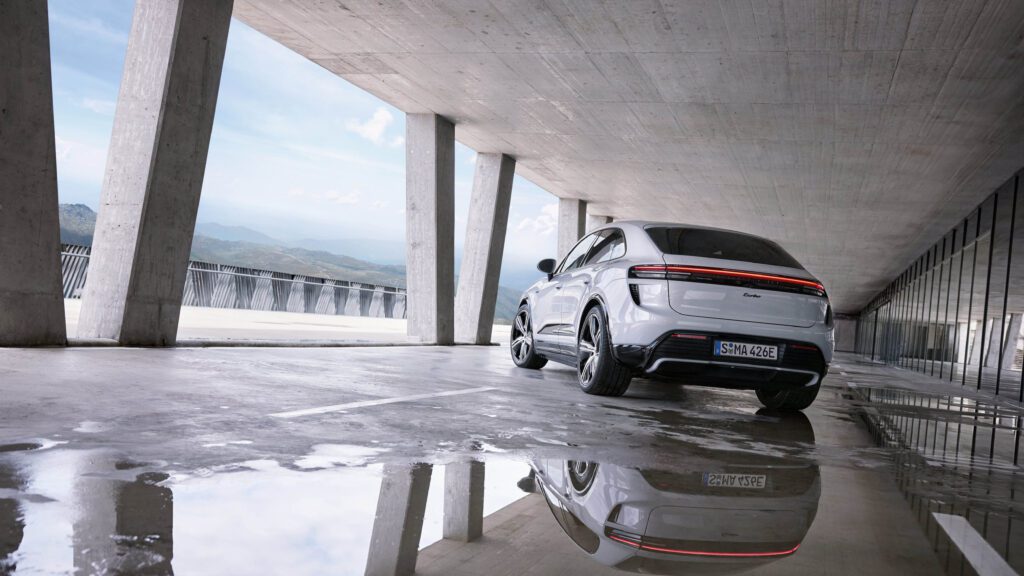
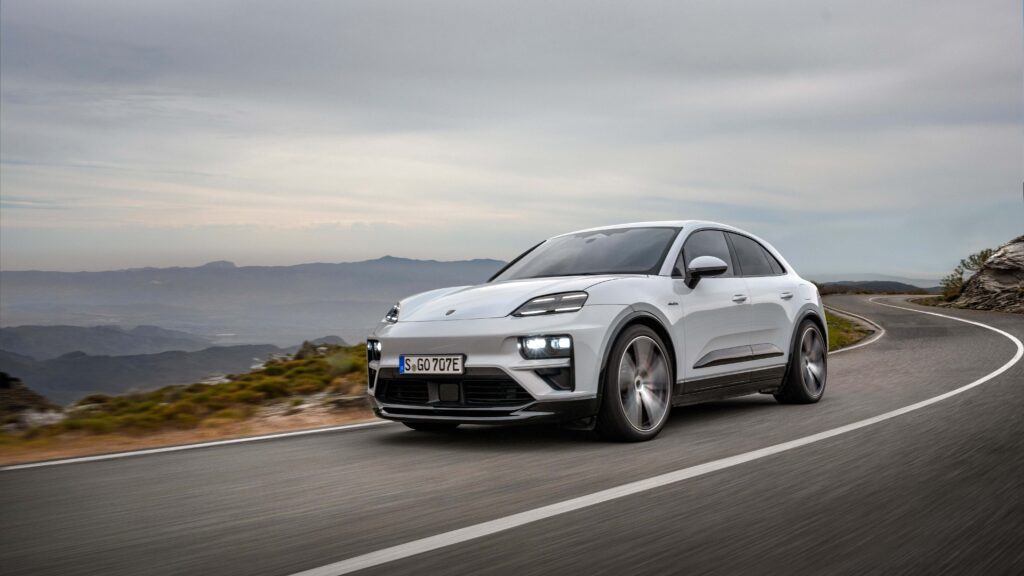
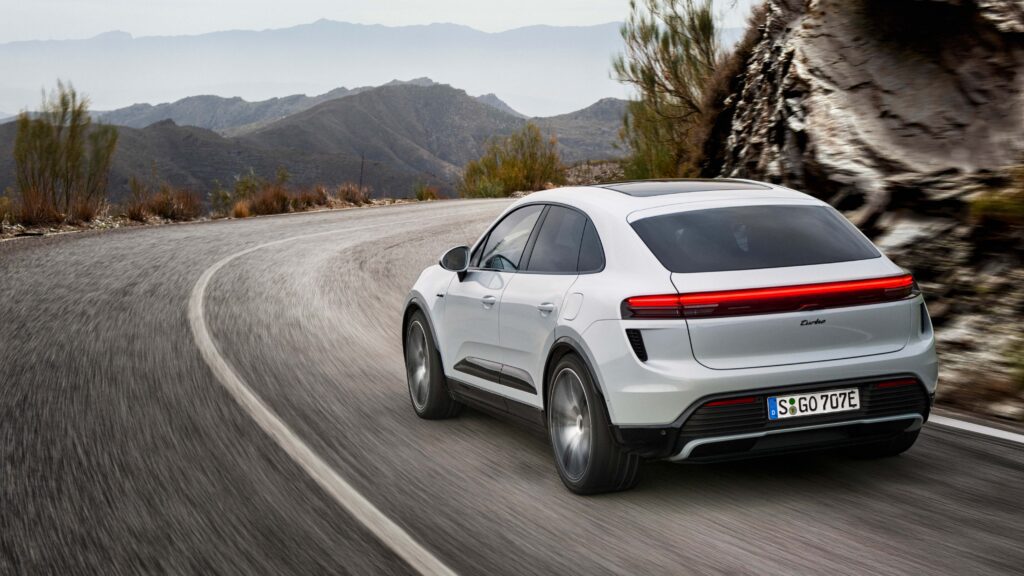

Porsche has been a long-standing icon in the performance segment with a history steeped in motorsports heritage. Even as a heavier, larger, all-electric platform, the Macan still fits the bill for performance and handling that we expect from the brand. As an EV, the wheelbase of this compact SUV is stretched an additional 86mm, which will surely aid high-speed stability, compensated by a shorter overhang on the front and rear of the vehicle. The elongated appearance meshes with the coupe-like roofline and sleek body lines to give it a sports car appearance and proportions.
Although it maintains its iconic Porsche appearance and is still notably a Macan at first glance, significant changes to the body styling and aerodynamics make it the most streamlined SUV on the market. That isn’t just conjecture, either. With the Porsche Active Aerodynamics (PAA), the Macan EV drops its drag coefficient to an impressive 0.25 — perfect for performance and optimized range. The PAA achieves this through several elements:
- Flexible covers on the fully-sealed underbody
- Adaptive rear spoiler
- Active cooling flaps on the front air intakes
- Rear, lateral tear-off edges
- Louvered diffuser
Porsche Macan EV driver dynamics and steering feel
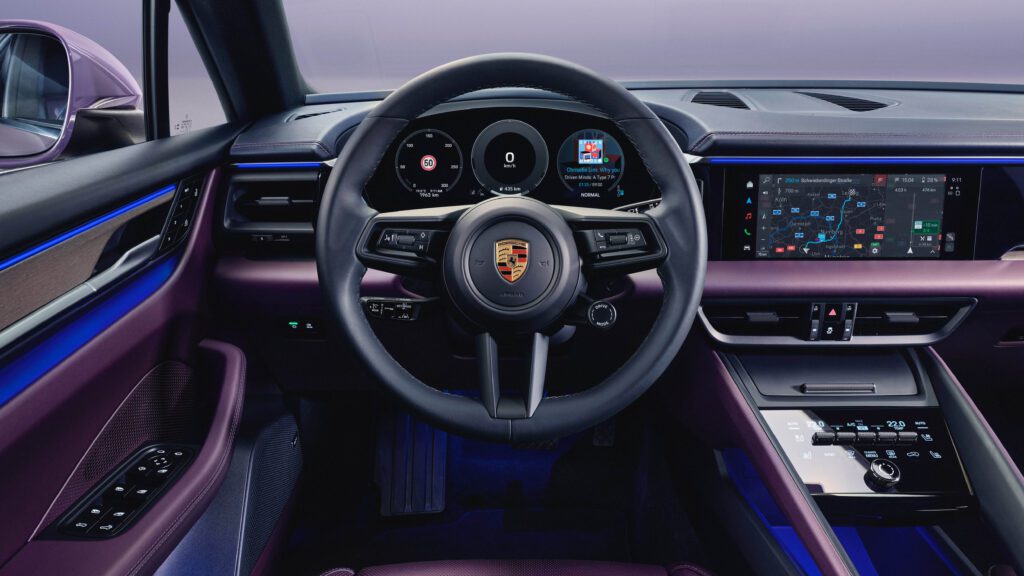

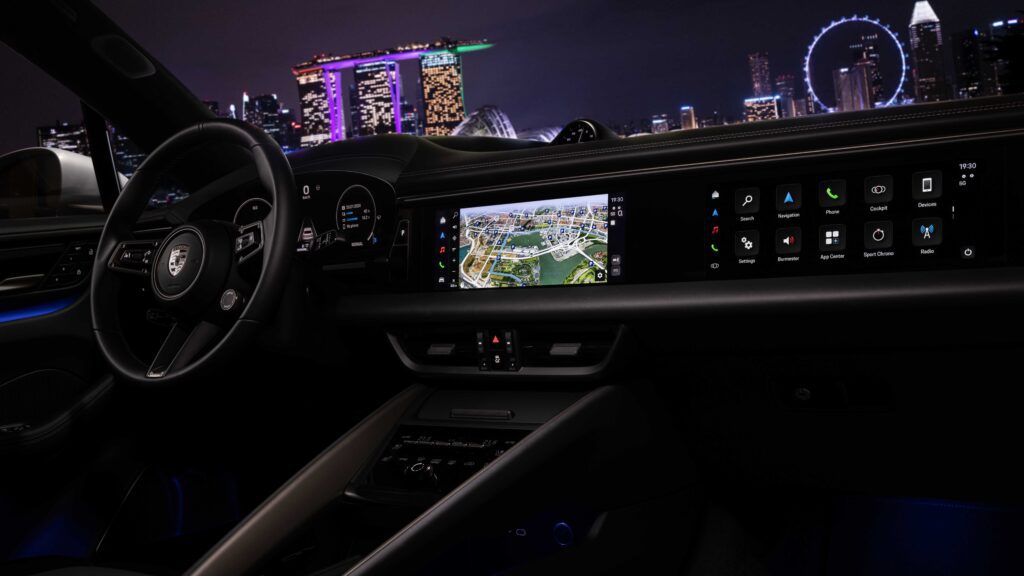
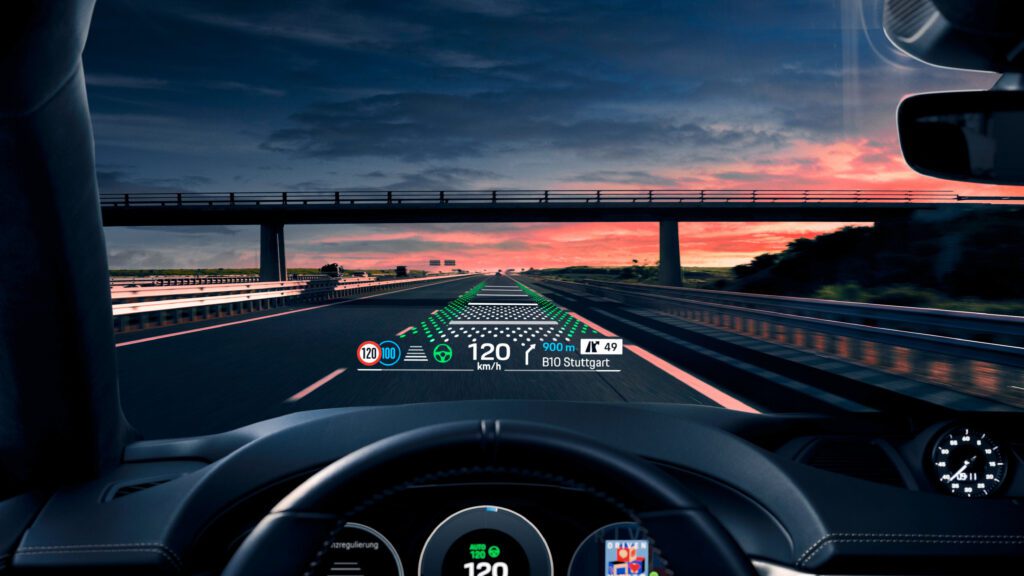
In order to develop a car that aligns with the Porsche brand, handling and driving feel must be prioritized, and that is clear with the Macan EV. The additional weight of the high-voltage battery system does give the car a disadvantage, but from an engineering standpoint, the bulk of this mass sits low, giving the SUV a short center of gravity and allowing it to hug the road as it corners. Take the raving reviews of the Taycan as gospel for Porsche’s ability to make a heavy EV handle like a dream.
The EV also offers a notable change over previous model years, something we have seen in a handful of the brand’s sports cars and crossovers: rear-axle steering, which is a first for any Macan and capable of up to five degrees of angle. This is an additional option, but one we hope buyers who custom spec this vehicle will genuinely consider for both urban commuting and performance driving purposes. The benefit here is an impressively tight turning radius of 11.1 meters (36.4 feet) in traffic and increased handling stability at higher speeds.
[Button id=”371″]
Per usual, Porsche is using this new endeavor to bring us even more advancements in technology to enhance our driving experience. We see this not only with this Macan being the first to receive rear-axle steering but also in the addition of the two-valve damper technology in cars equipped with the Porsche Active Suspension Management (PASM) that comes along with the optional air suspension. This gives drivers an even more noticeable difference in feeling between comfort and performance mapping.
While we may have to wait until these EV Macan models are released to get behind the wheel and let you know what we think of the execution of these designs for ourselves, we are optimistic about the engineering and aerodynamics that bring this car to life decades after Ferdinand Porsche himself first attempted to create his electric vehicle.


